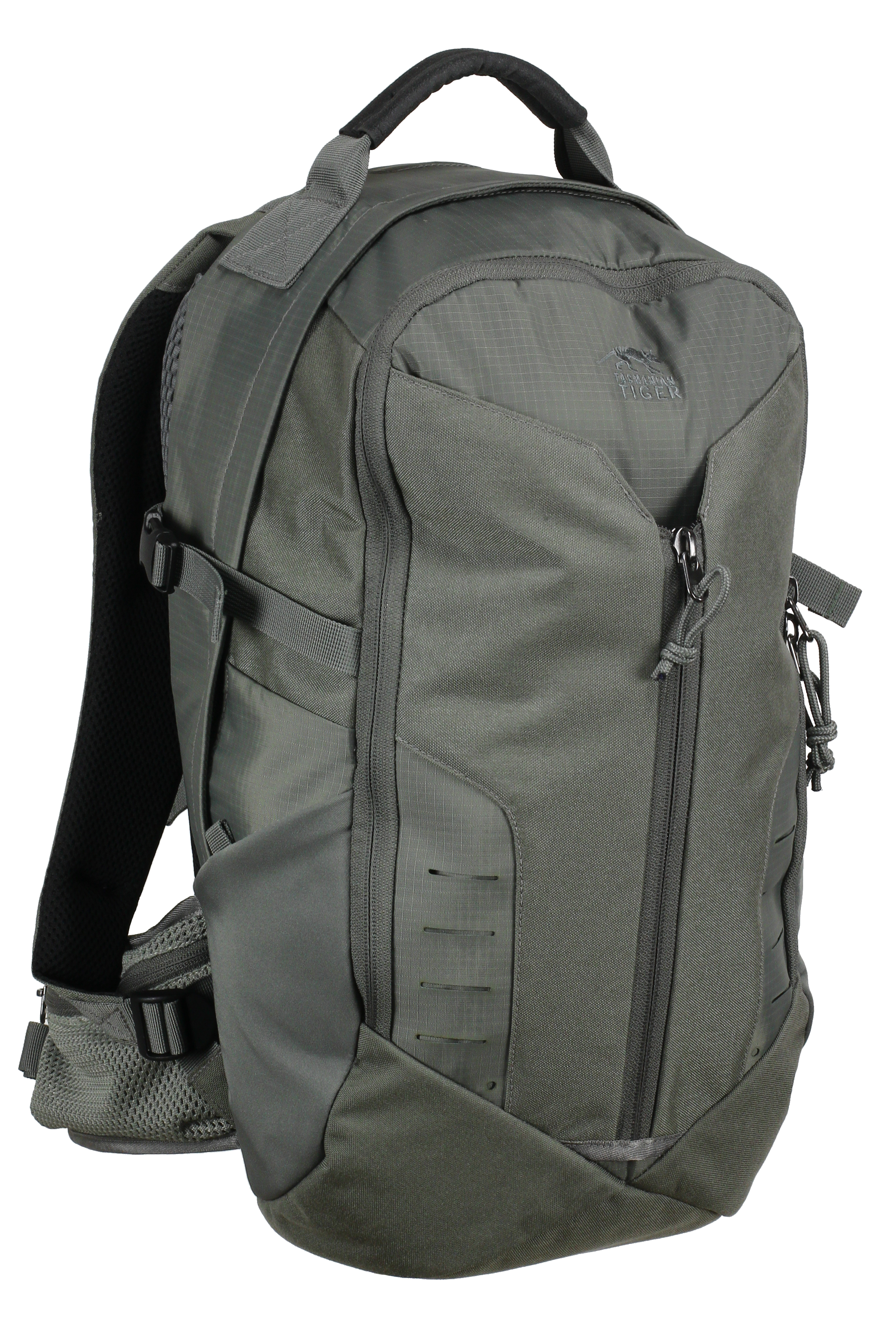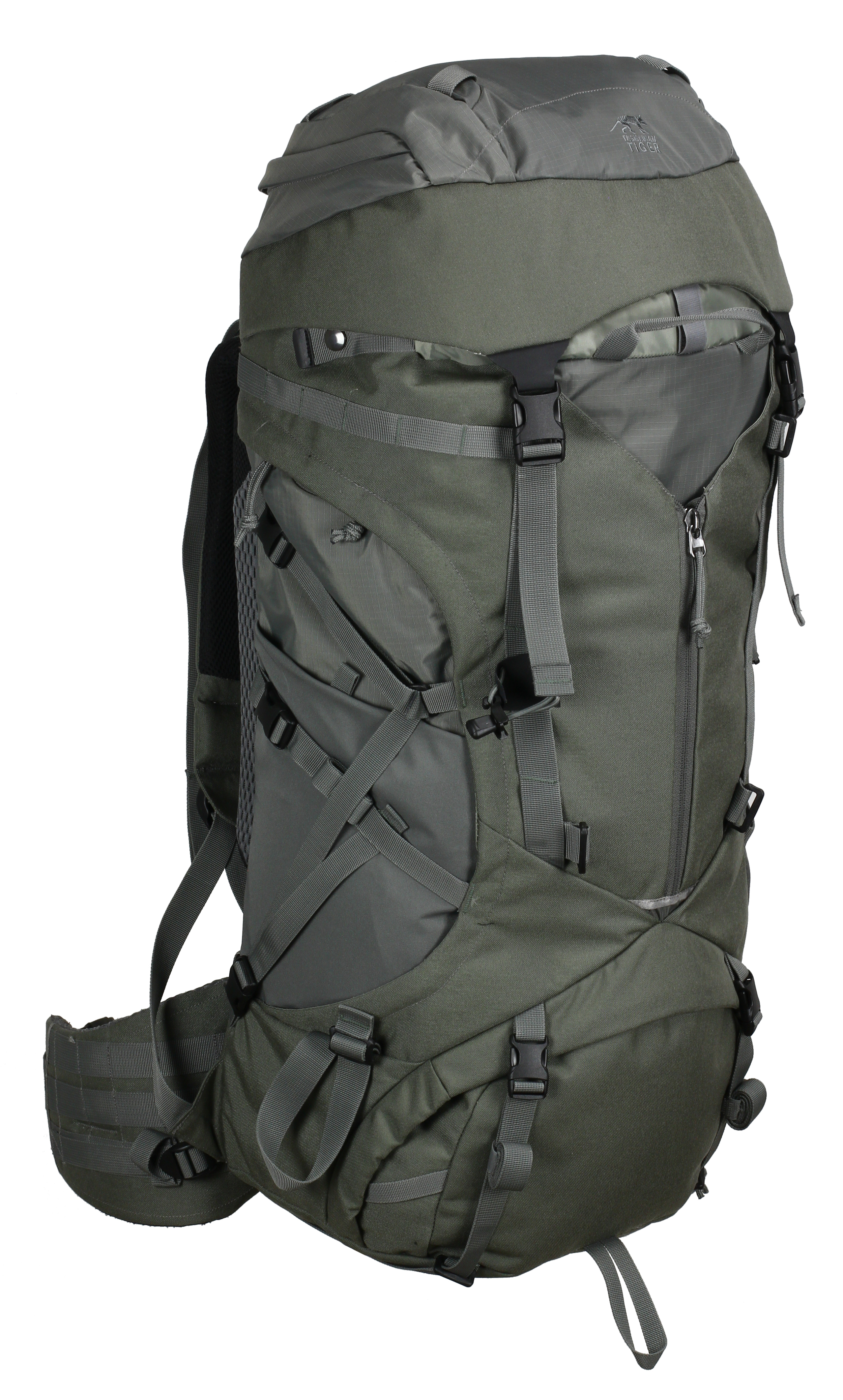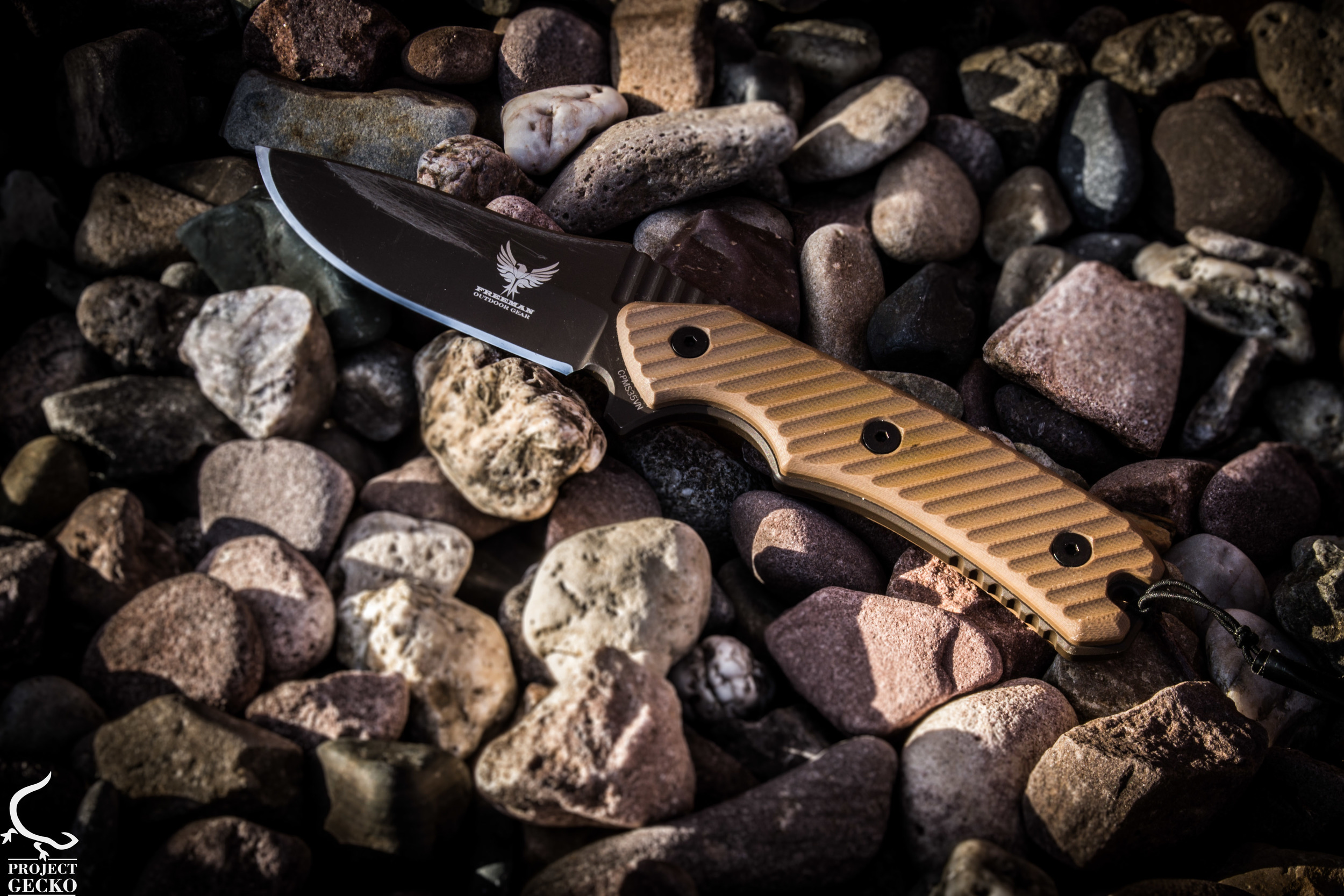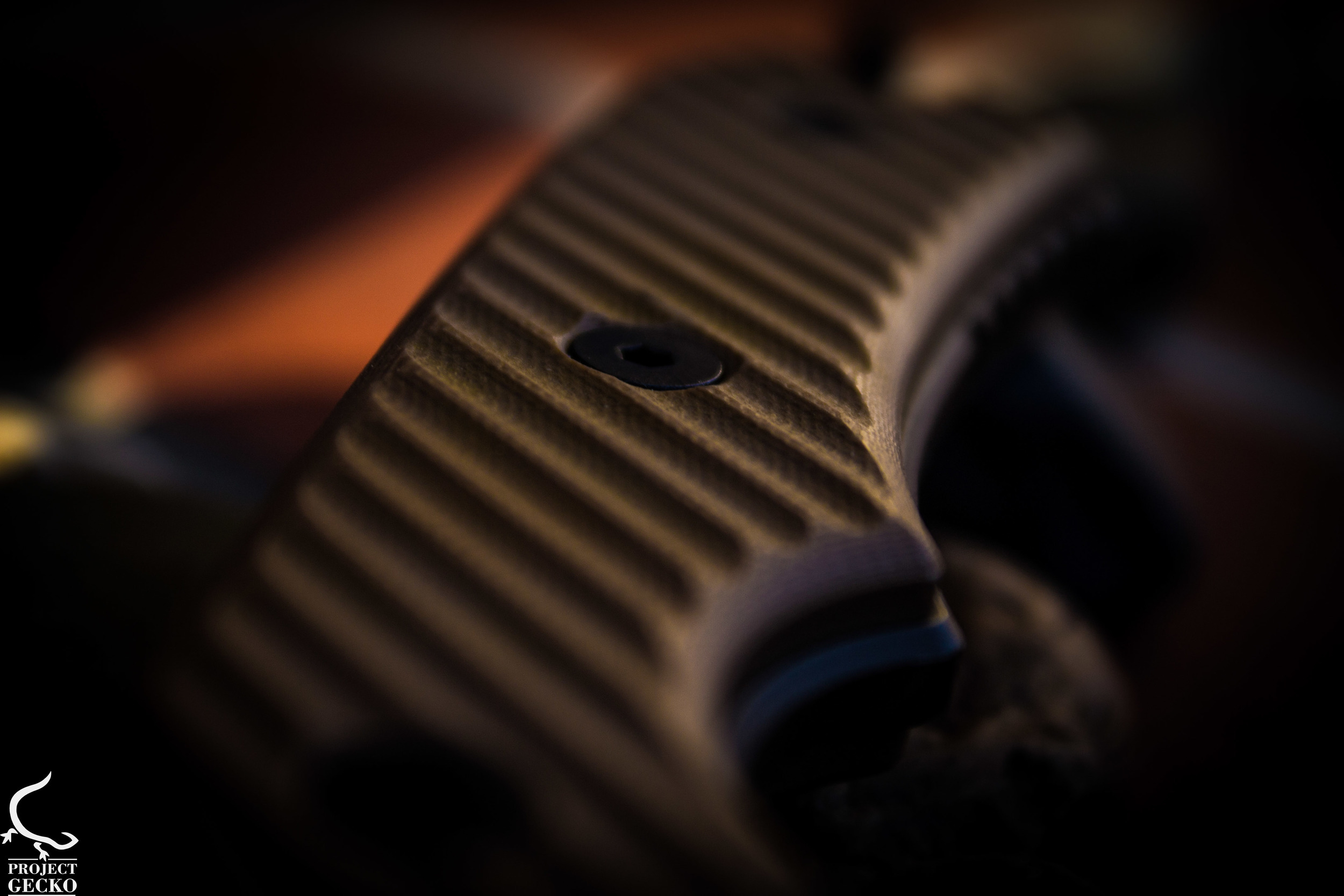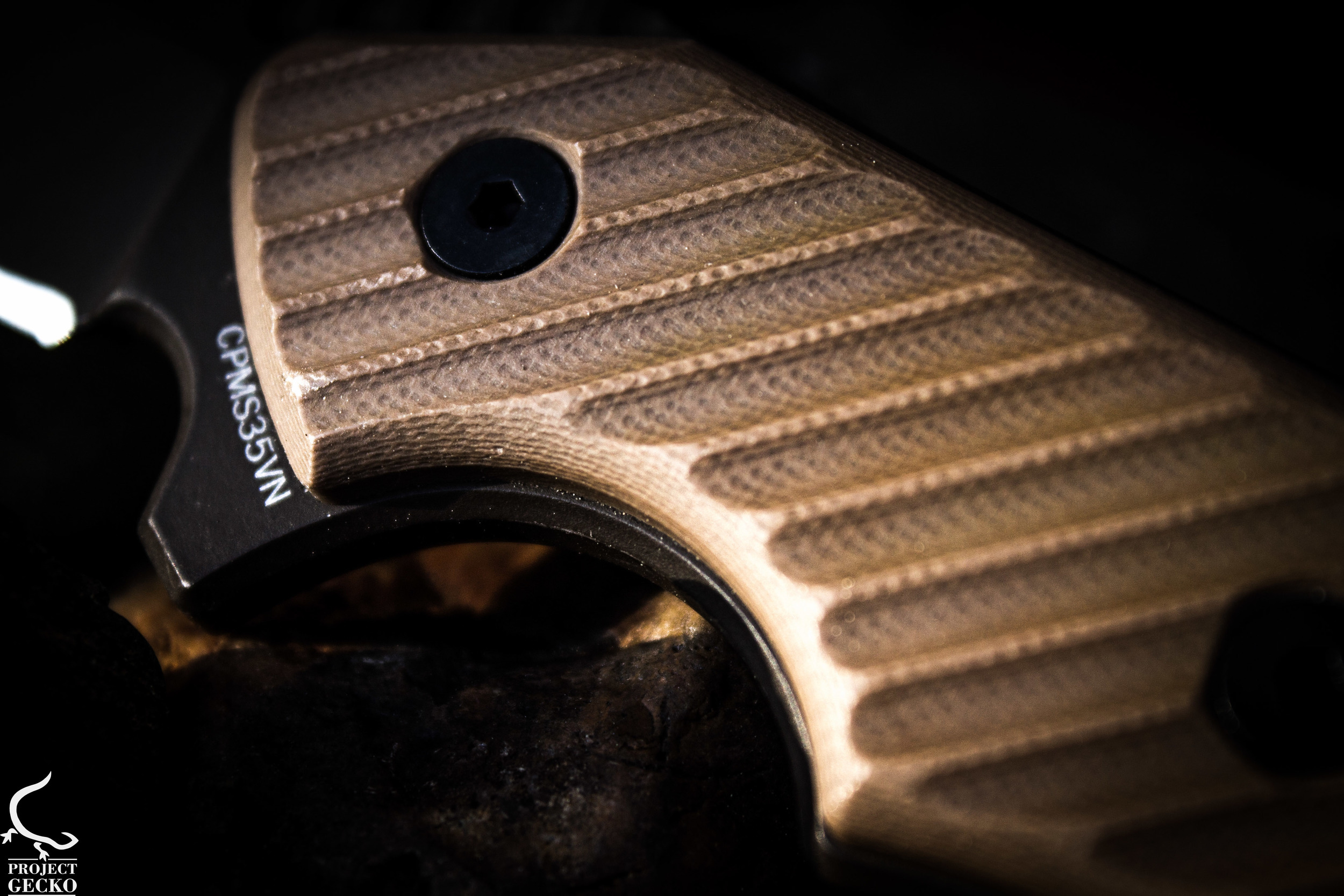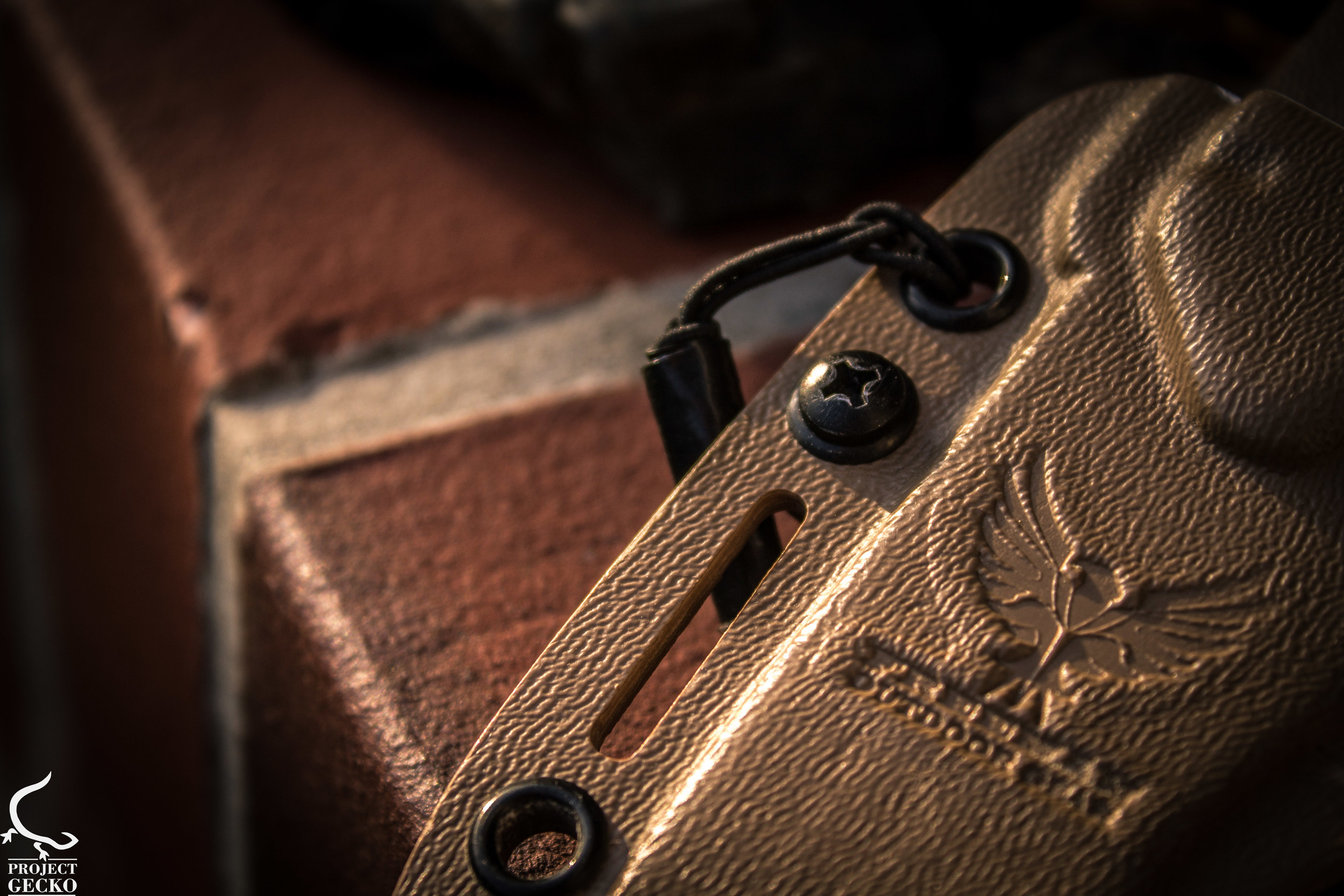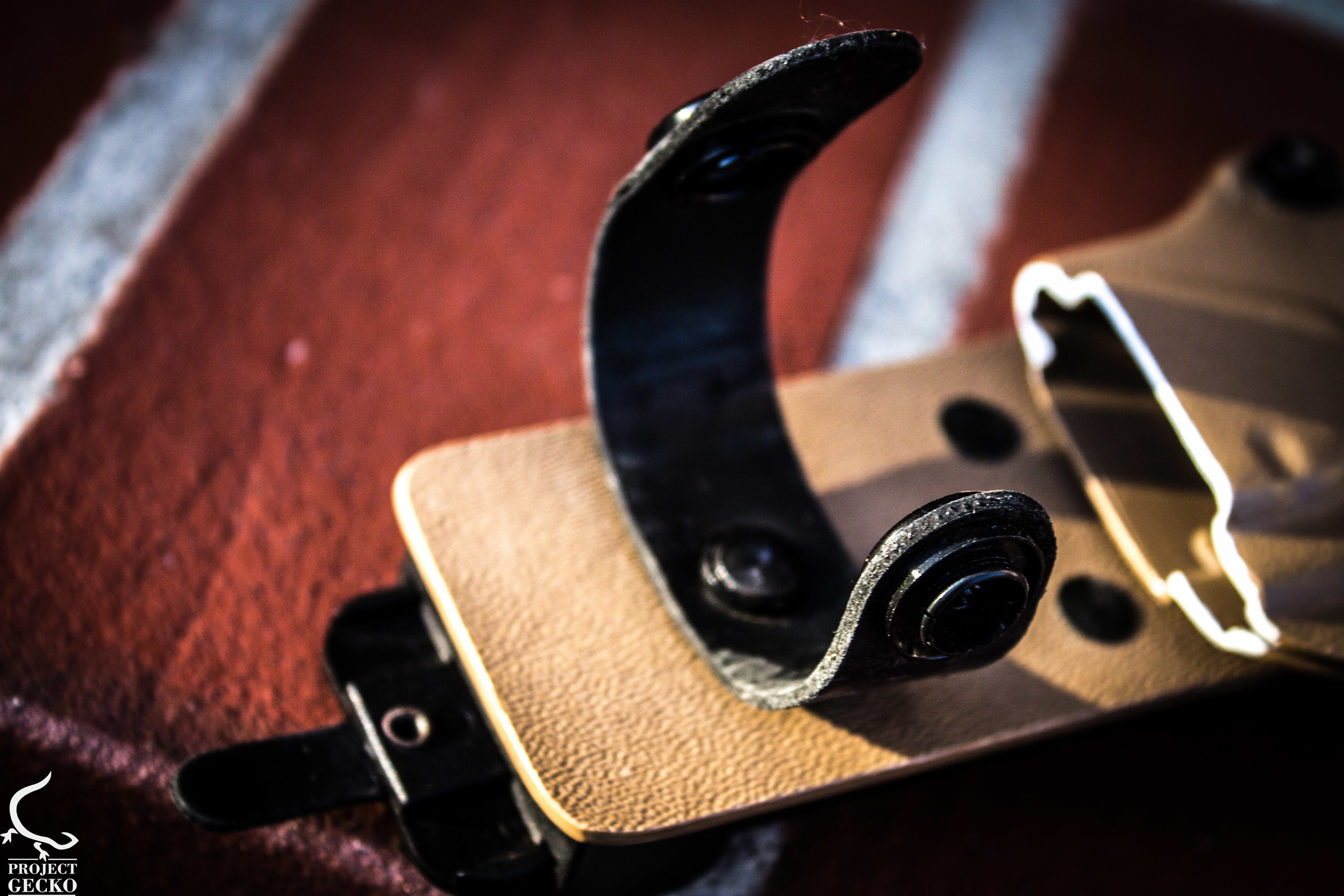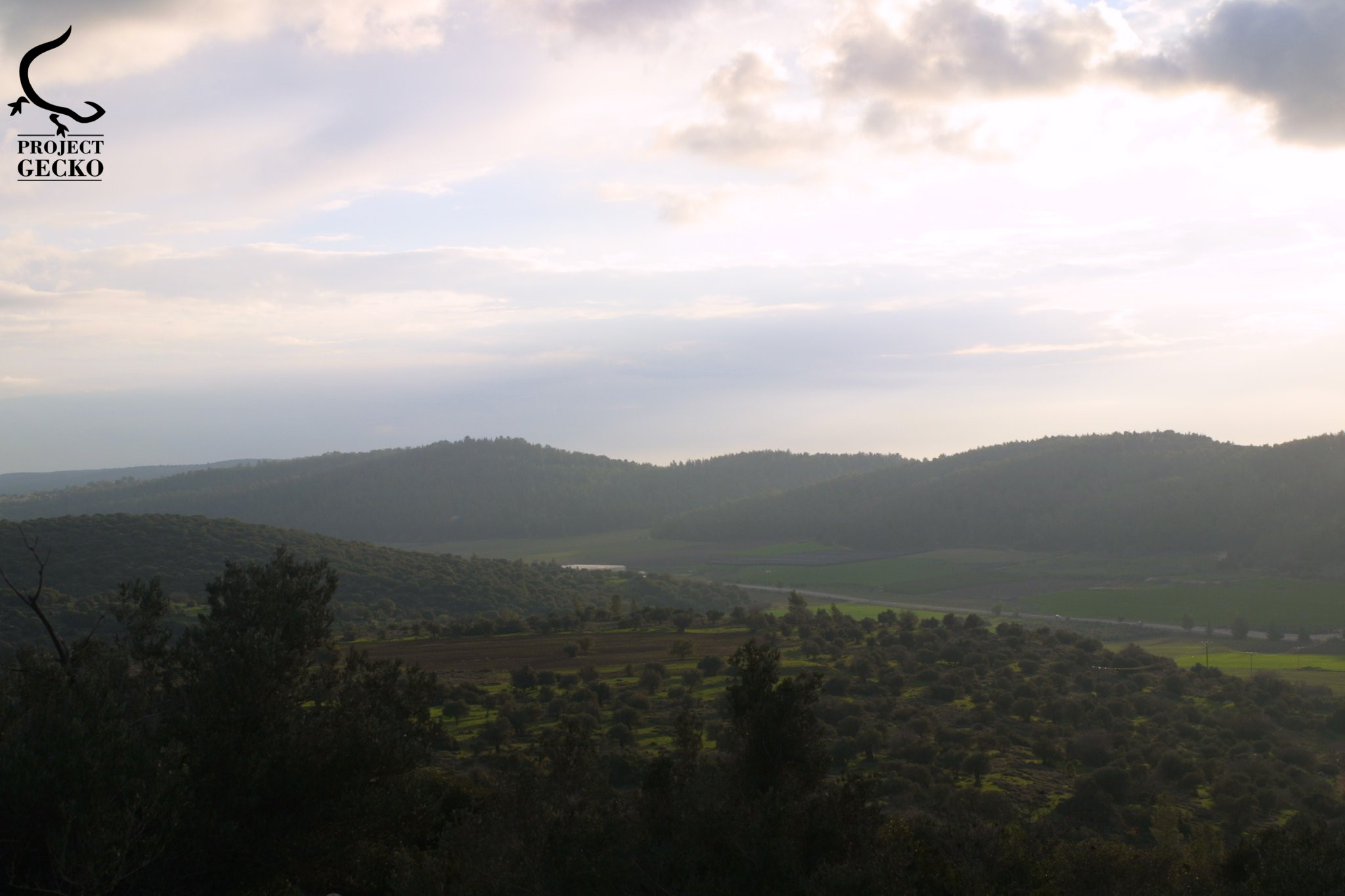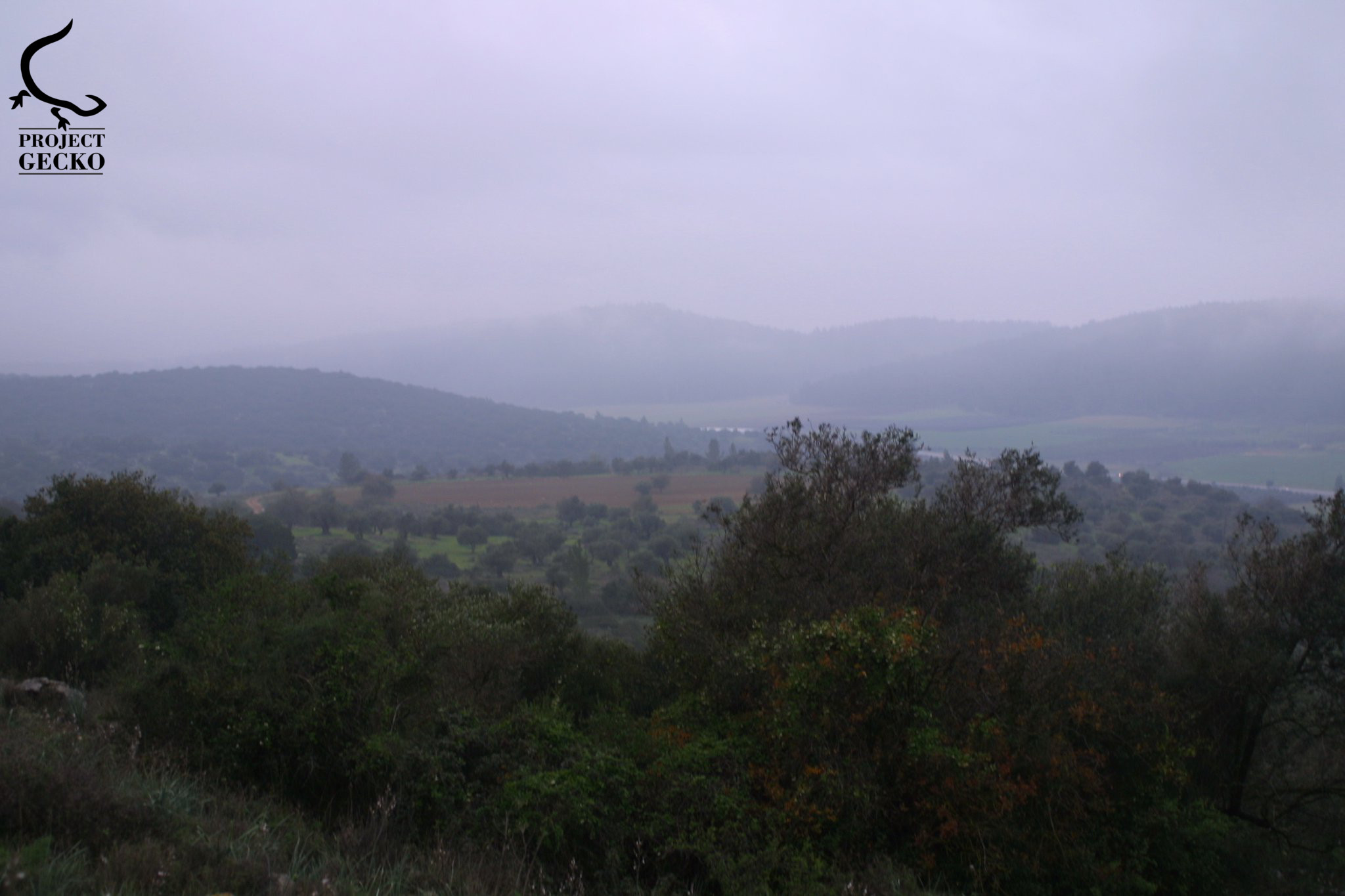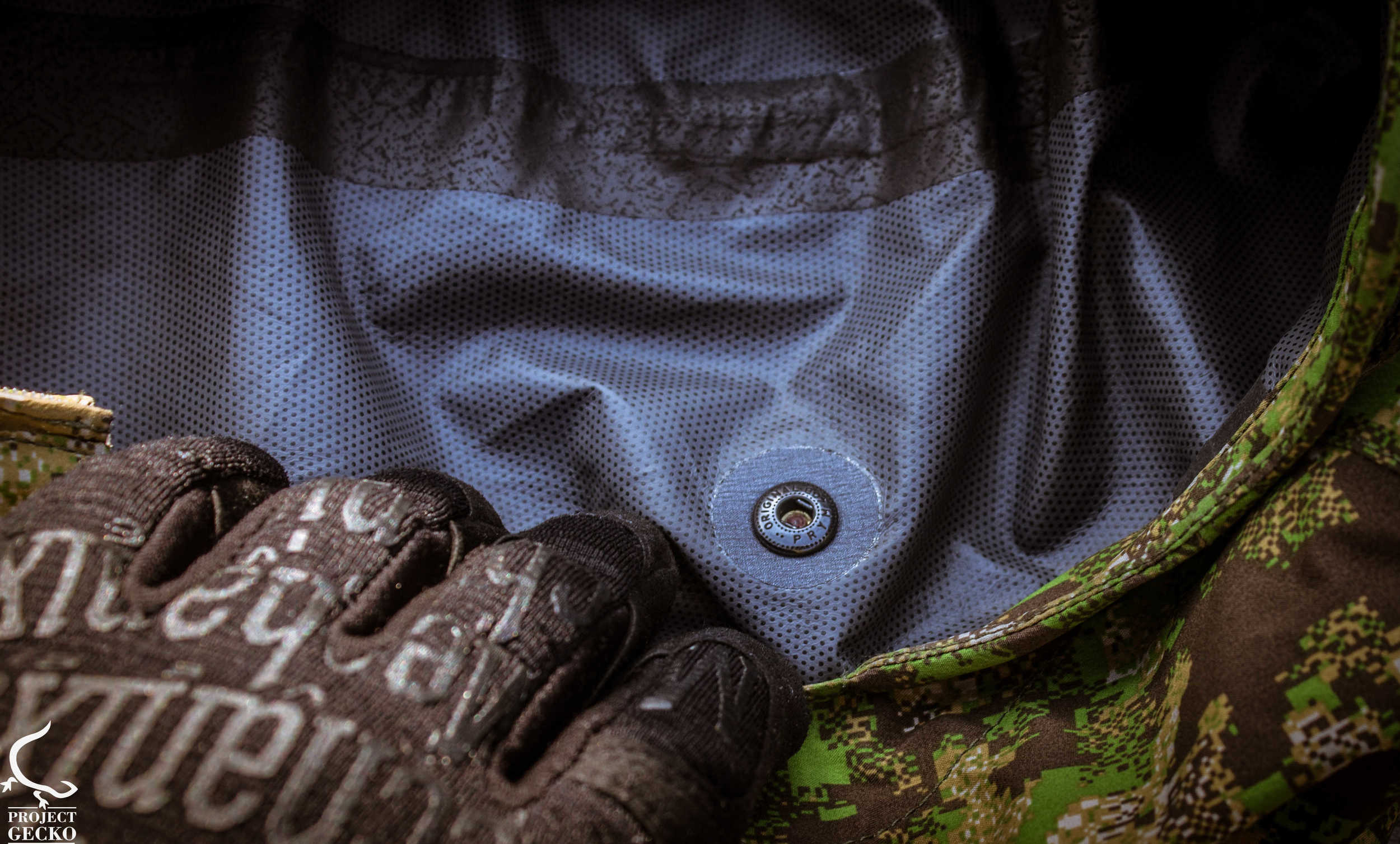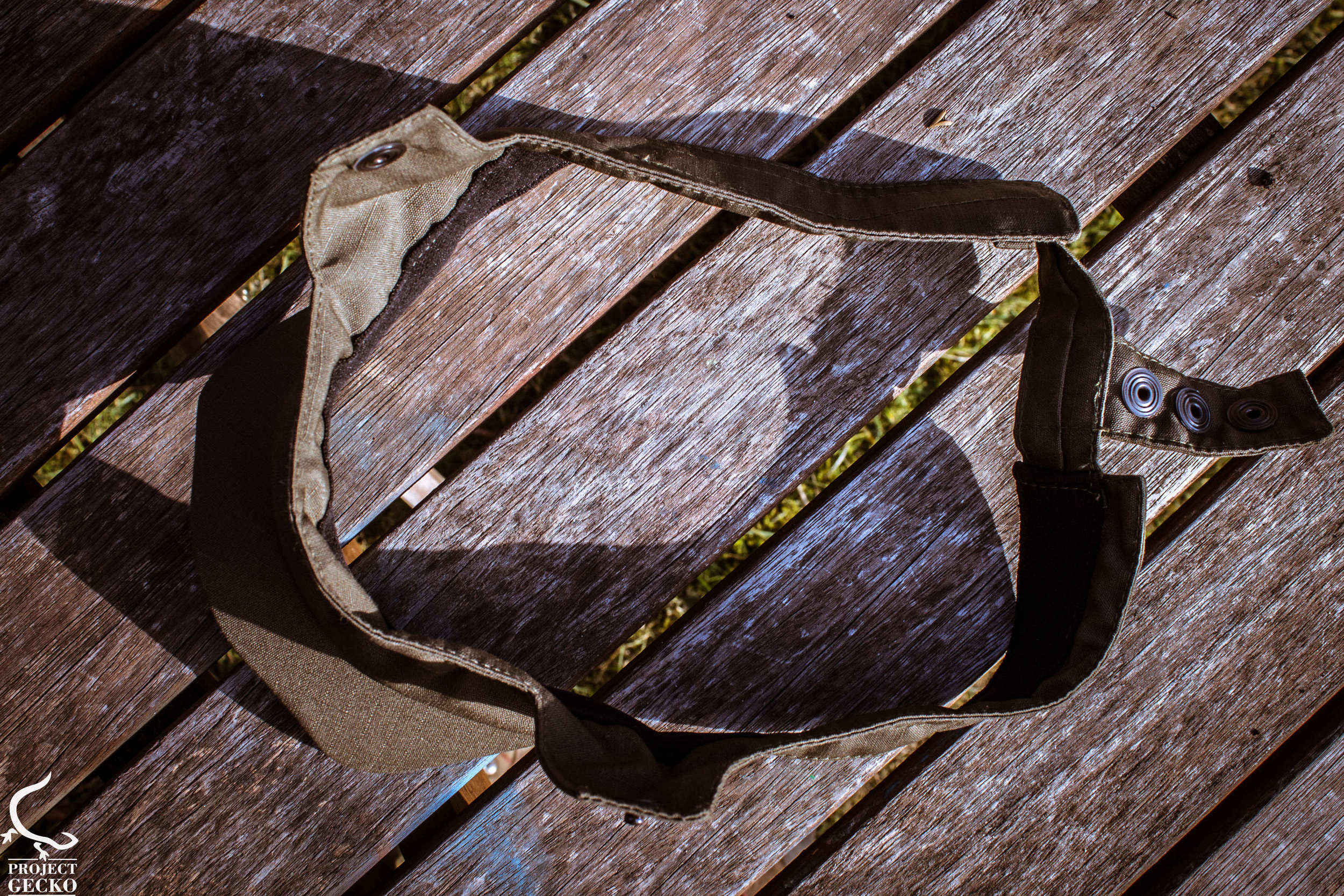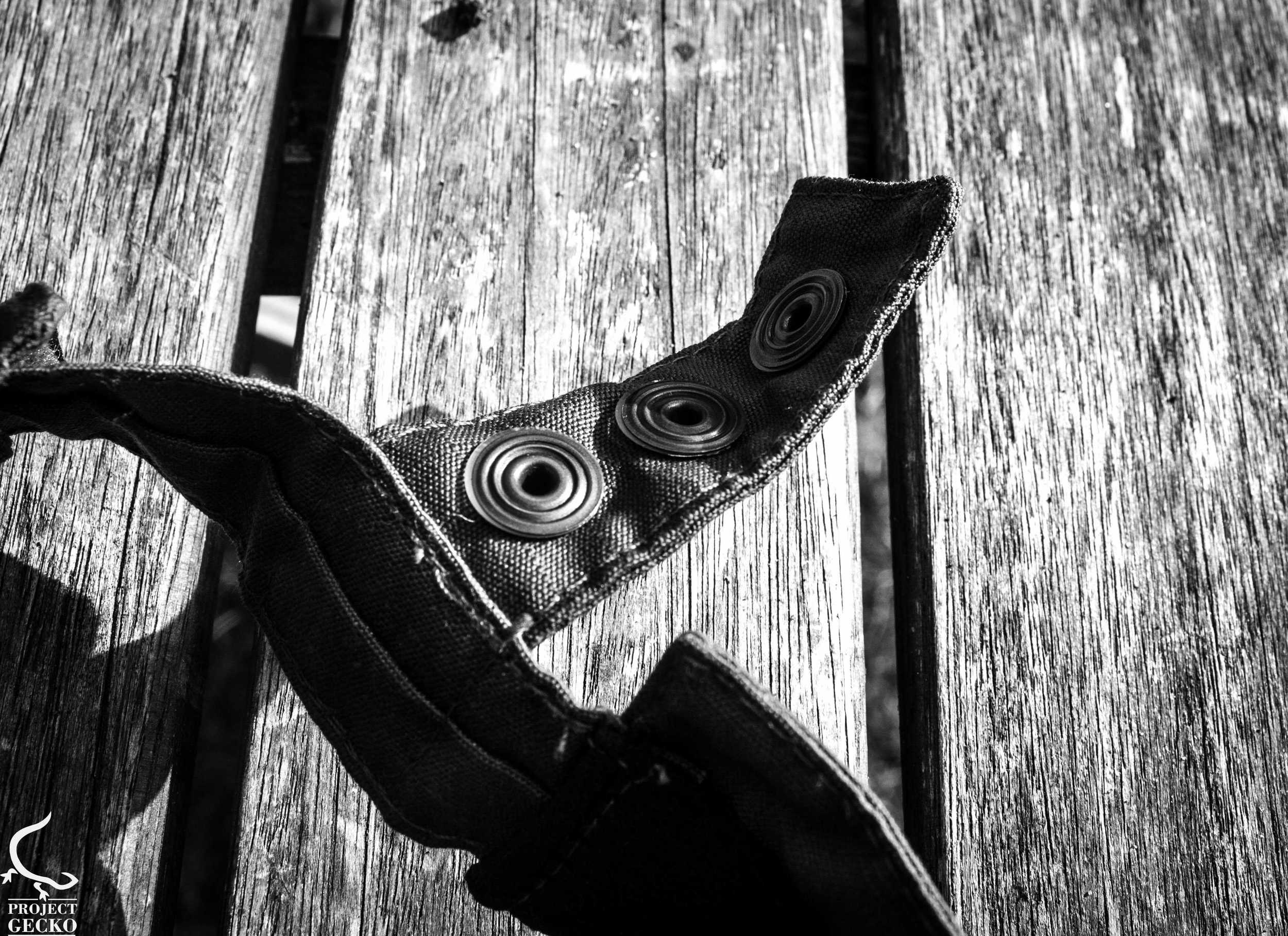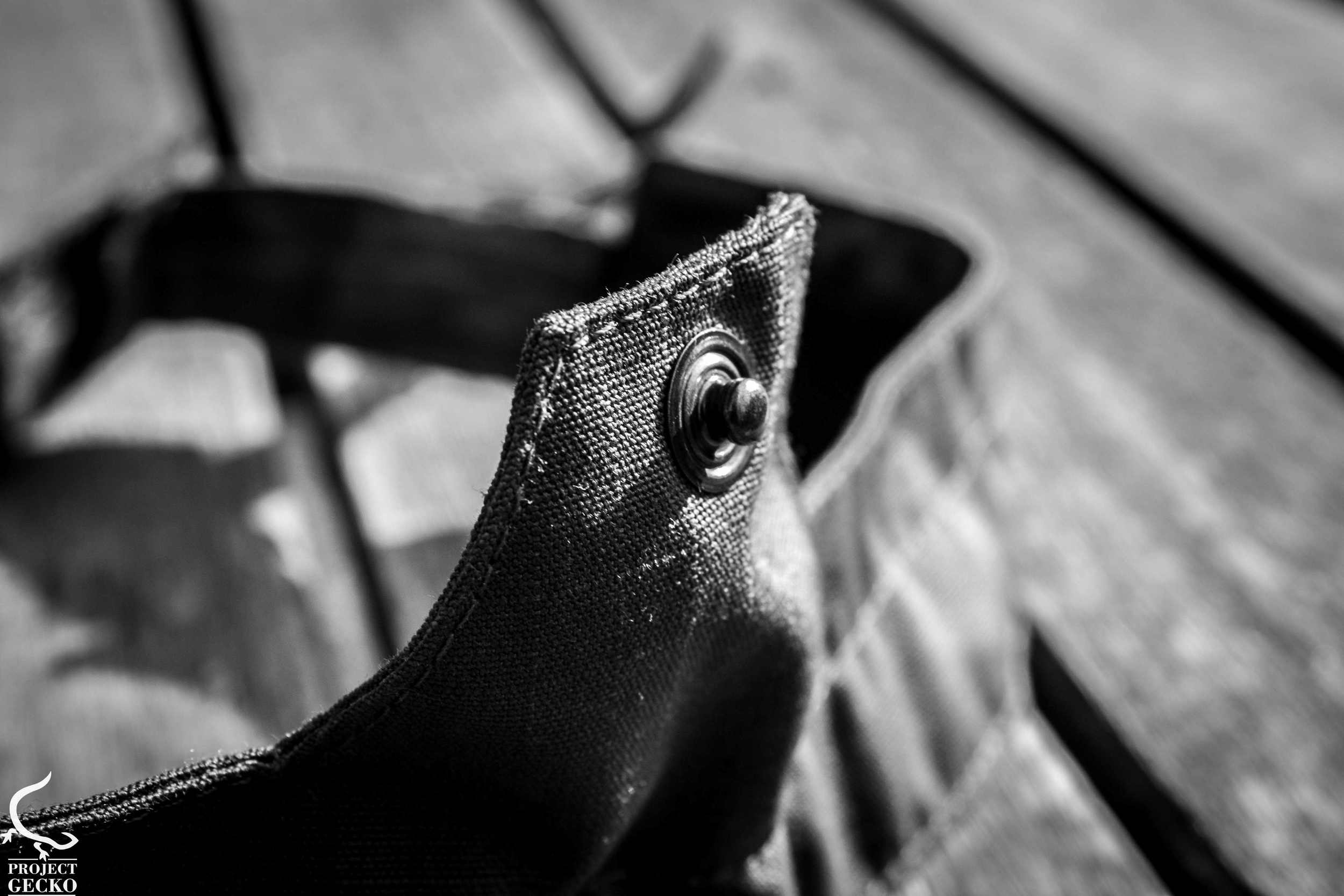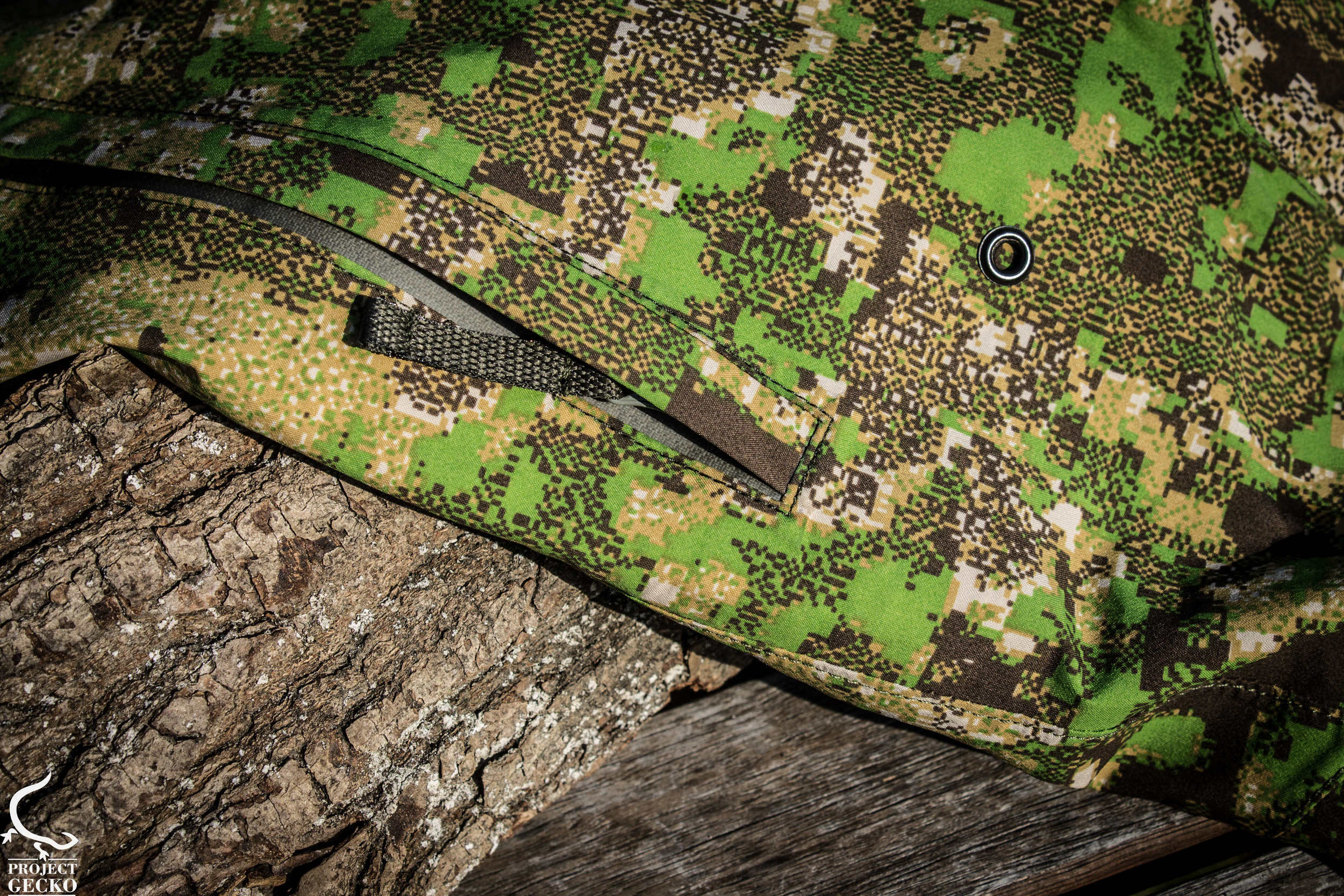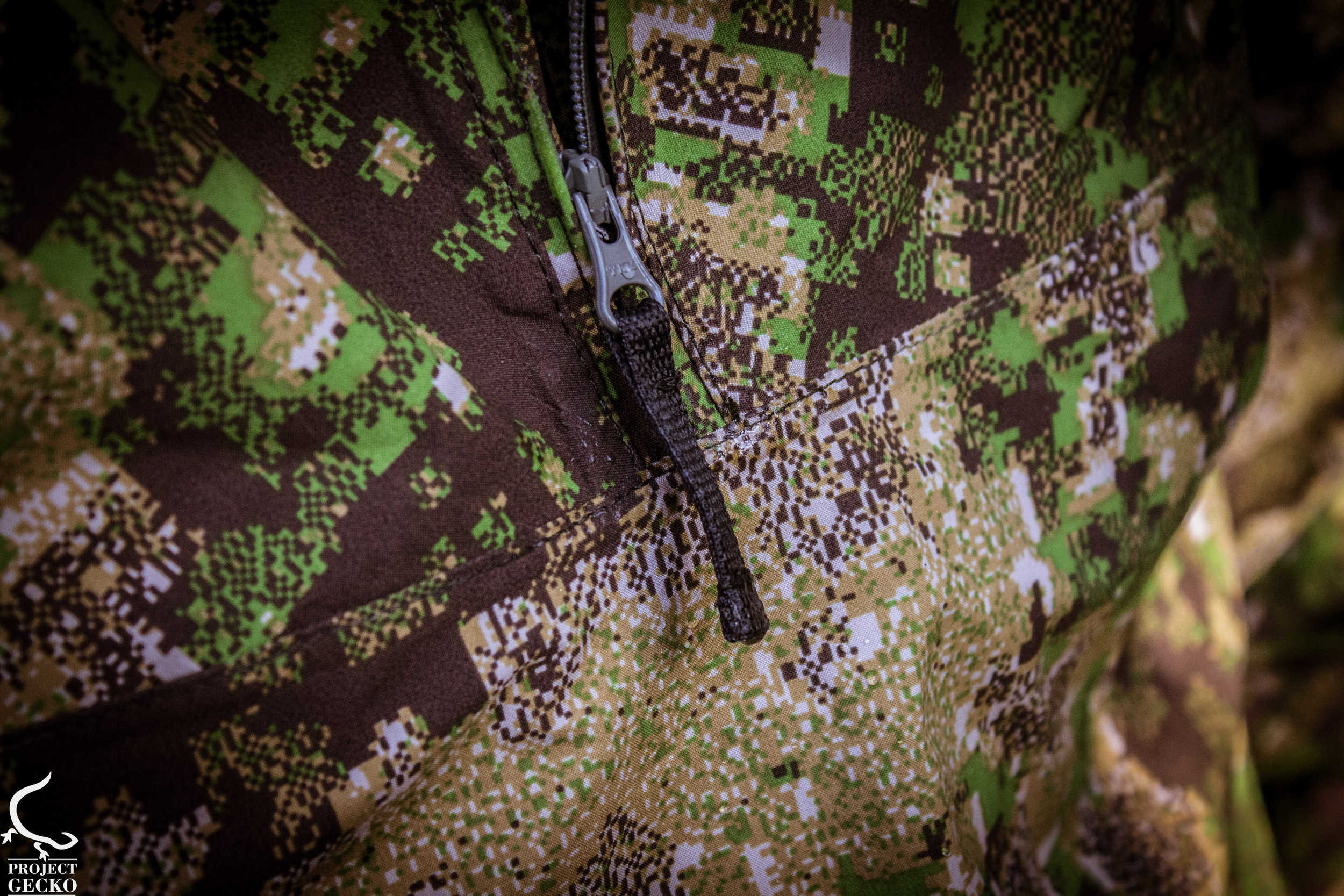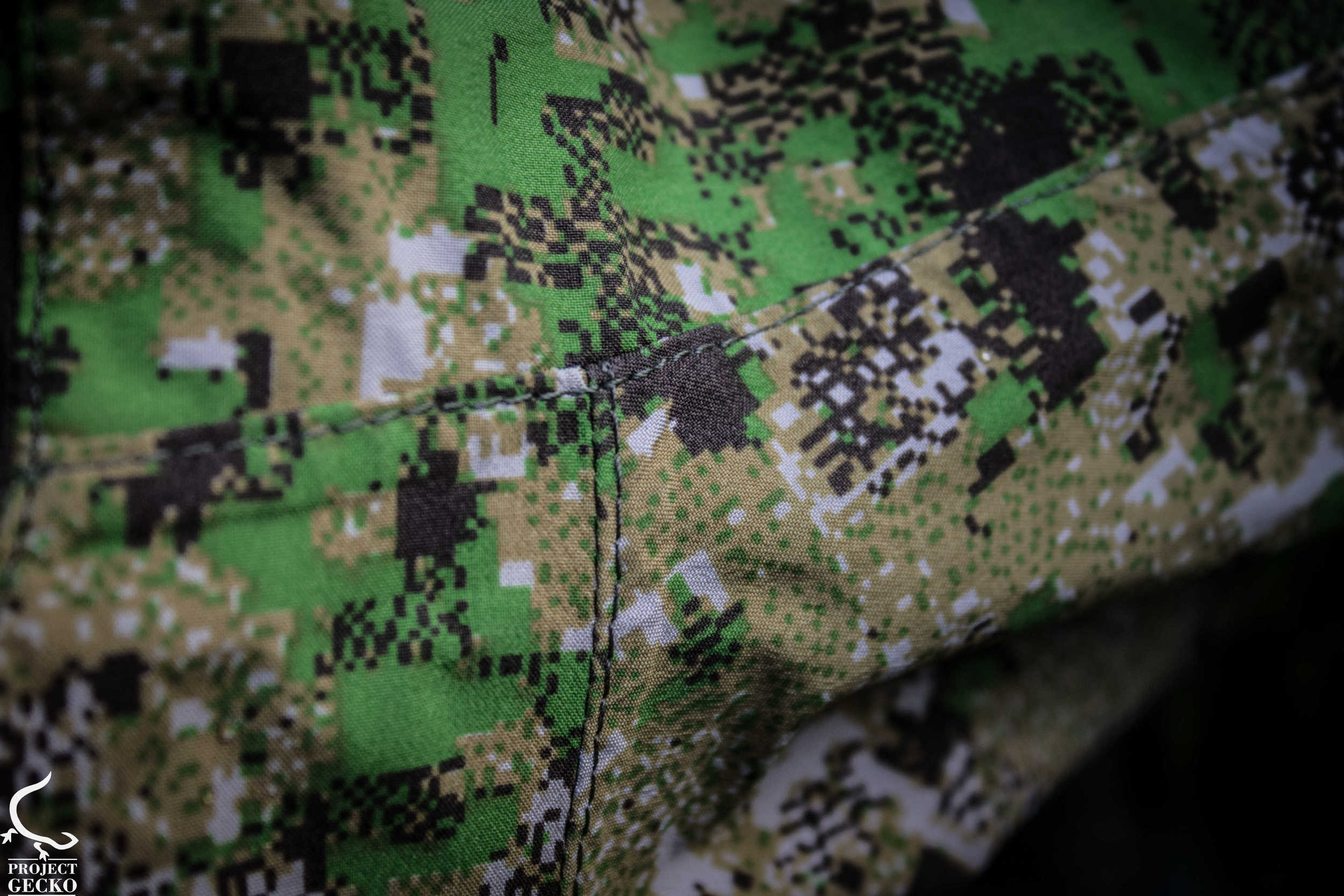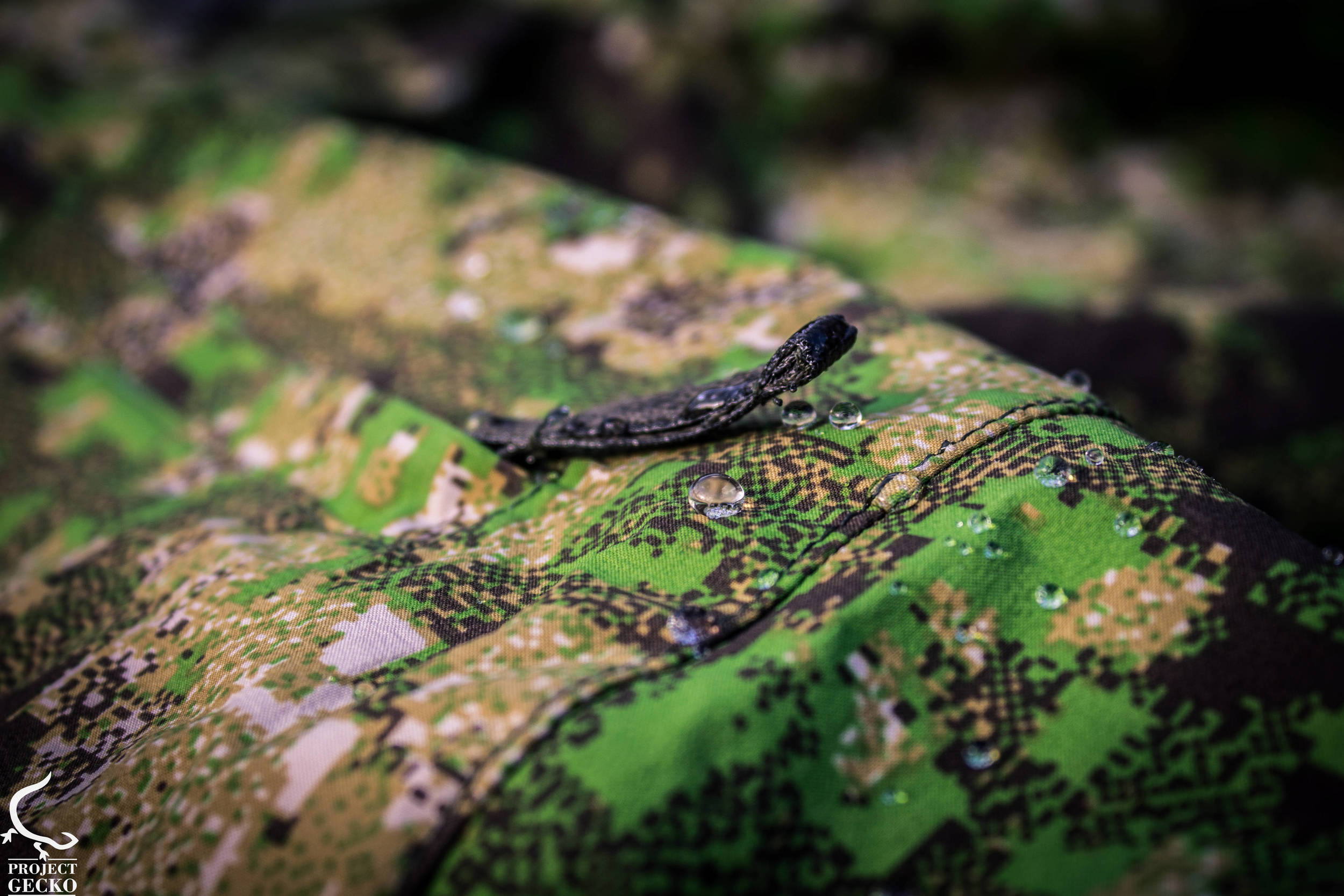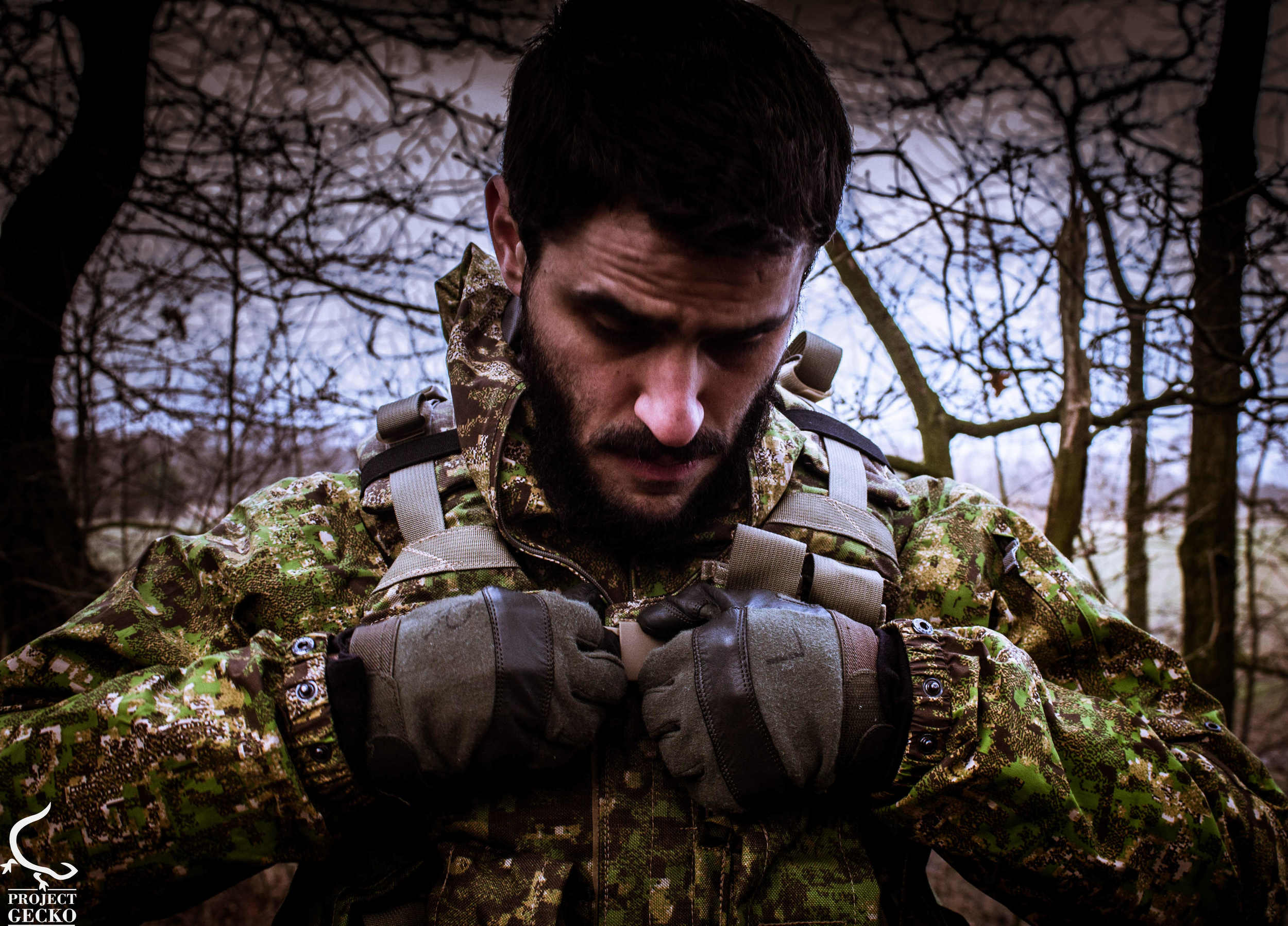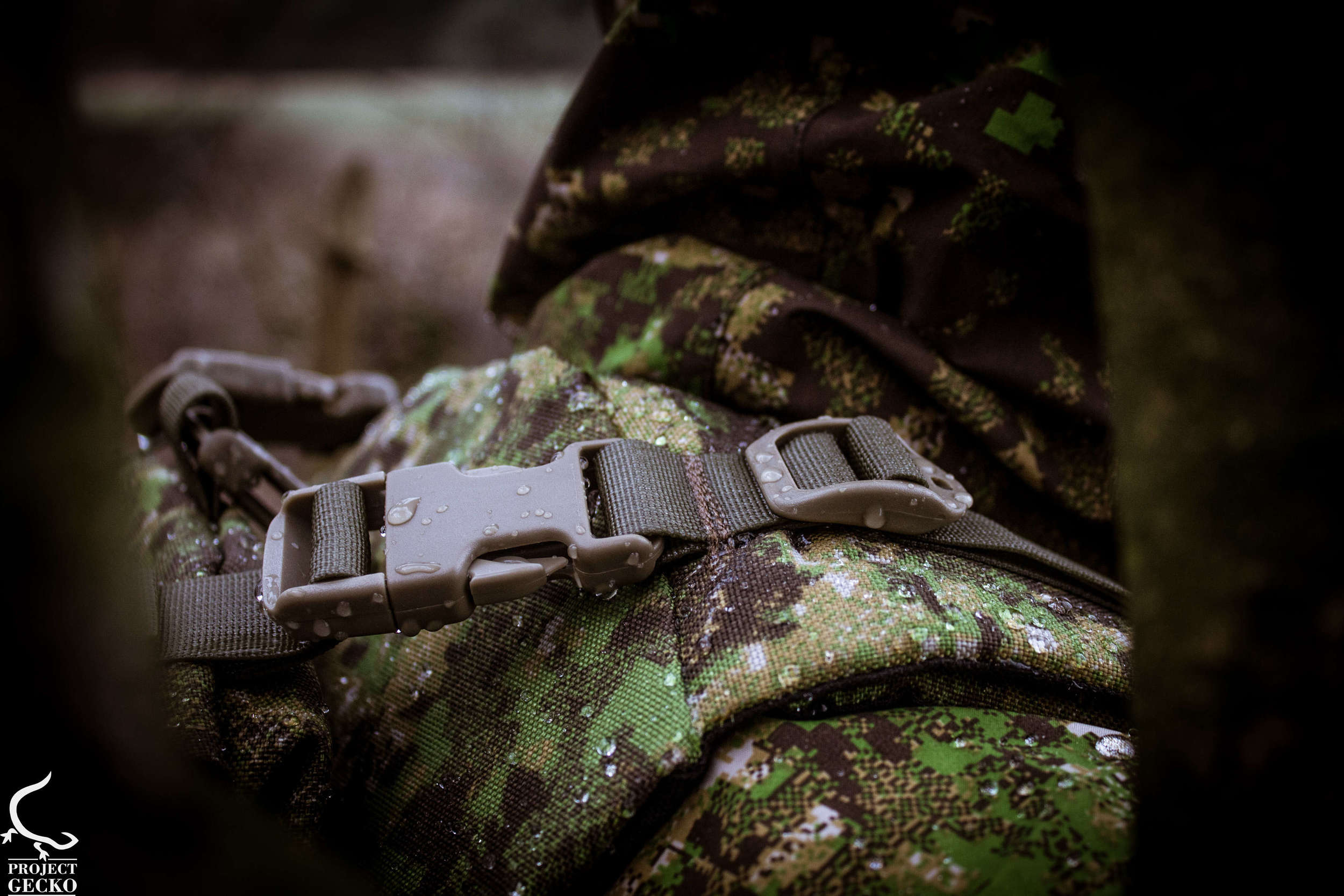2016 is upon us. – As in an every year, new types and sorts of tactical equipment floods the market. Some products are a repeat cycle of the year before – and some are presenting true innovation. As every year different companies are coming out with endless types of equipment & endless ways to improve the way you use your kit.
Tasmanian Tiger, the combat brother of the well known 'TATONKA', is set to release some cool new products. In generally TT's aim is to offer flexibility and singularity when it comes down to combat equipment. What that means? It means that they seek to create a line of equipment that completes one and another – singularity. Tasmanian Tiger is well known for their aggressive – yet delicate design of their products. Their aggressive robust look is not only a look – but a real field proven equipment. Yes, they might not be a frontrunner in the whole ''equipment'' industry, but that is due to the fact that they like to take things slowly and that means checking, testing and validating by an honest process the readiness of their products.
My personal experience with Tasmanian Tiger is quite rich. Especially with the newer products, as I had some time looking and using those in the field. While I personally think that few of the products could be even better, I love the way TT approaches and designs their gear.
So what's coming?
Tasmanian Tiger, like his bigger brother TATONKA, keeps a solid track on its backpacks legacy. This year (2016 of course..) TT is going to drop several mission \ routine bags. While some of those bags are tactical oriented, the TT-TAC series took a different path on the ridge between the civilian backpacker and the military look. This combination caught my eyes but more than this – my back. The new system and design is definitely a success.
1.TT – TAC series
The Tasmanian Tiger TAC series consists of 3 products:
A 45L Pack
The A 45L Pack with the excellent V2 Plus back system will have an external T-square rip for packing gear on the move.
TAC Pack 22
The TAC pack 22 has pretty much the same concept as the 45L pack, but is smaller, compact and extremely comfortable, even when overloaded. This pack has a well padded back piece and the same T-Square rip concept.
TAC Case
For the casual guys among us, who carry their notes, pens & laptops, check this one out. The TAC Case – A satchel bag design that follows the same ''look'' as the rest of the TAC packs. The case is quite nice and simple. It is comfortable for use and offers enough space for different electronic utility such as camera, phone, laptop, cables, etc...you get the point.
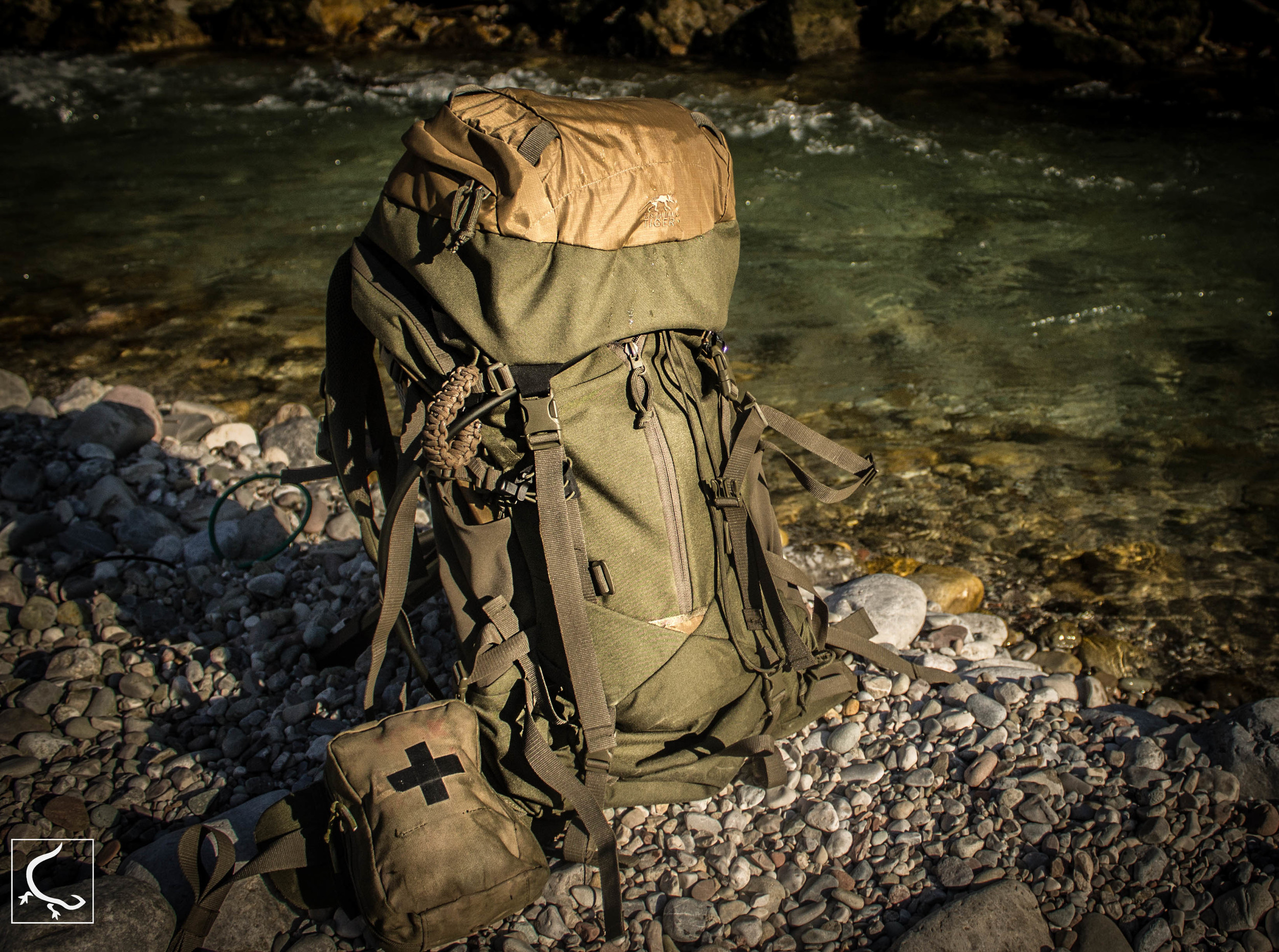
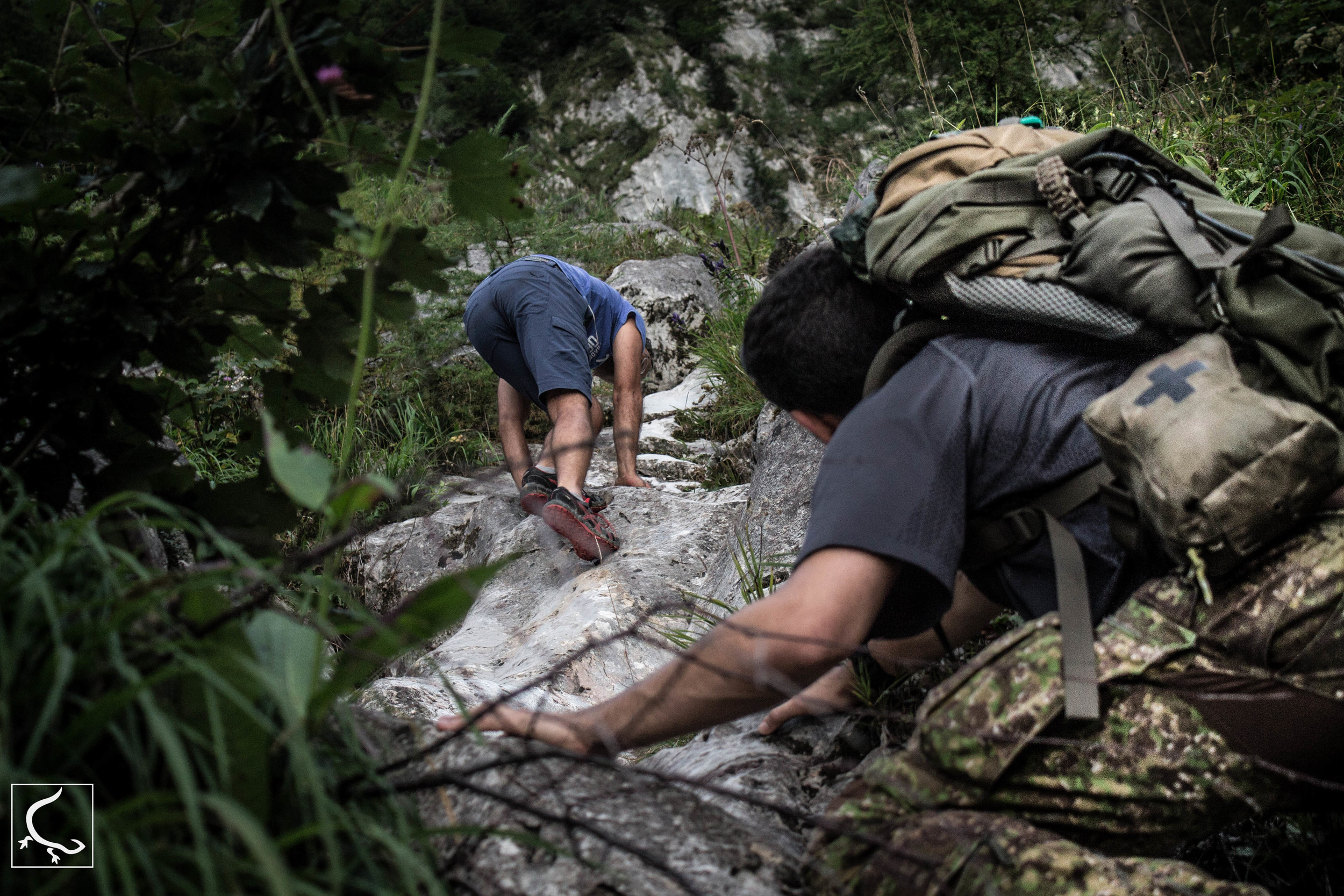
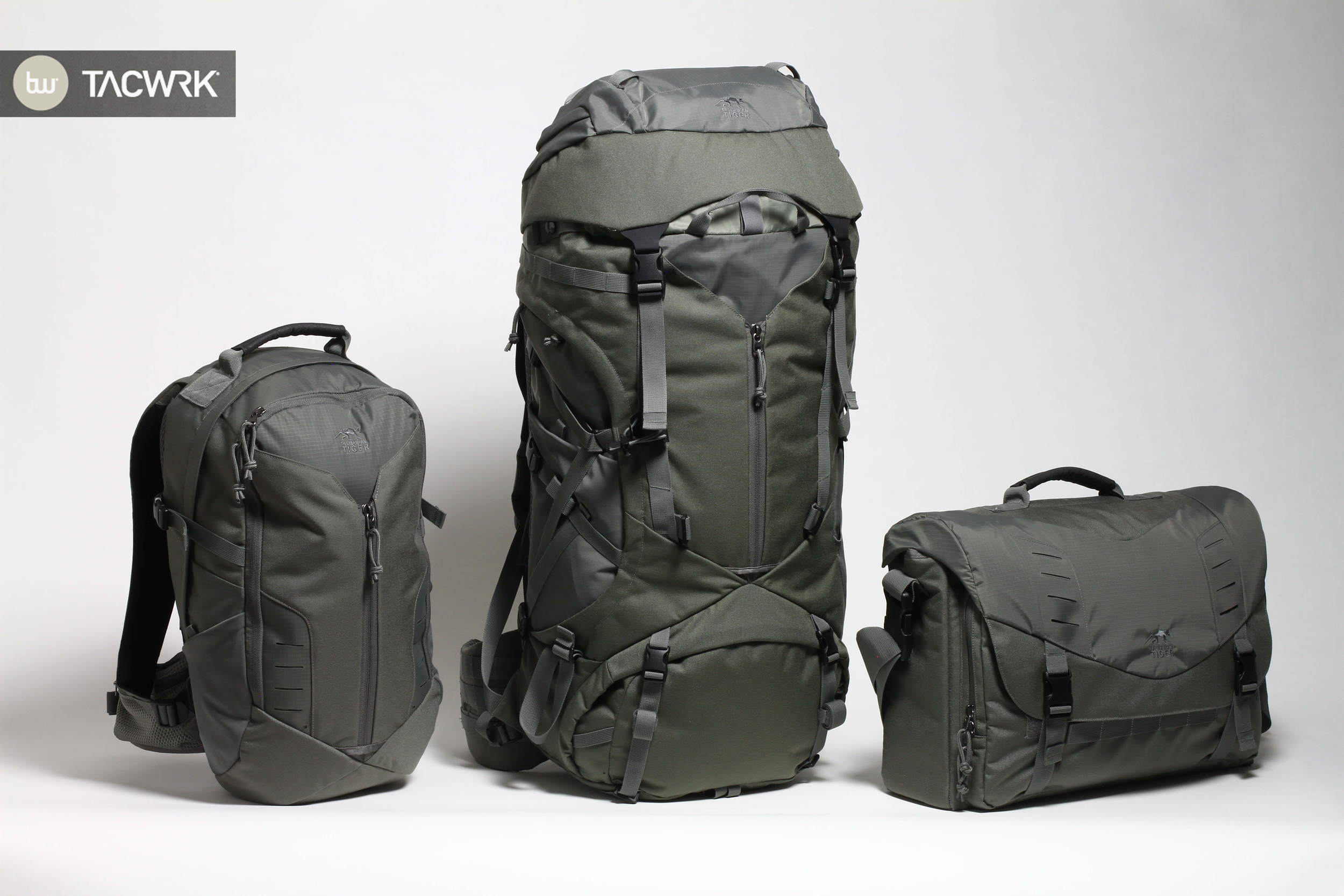
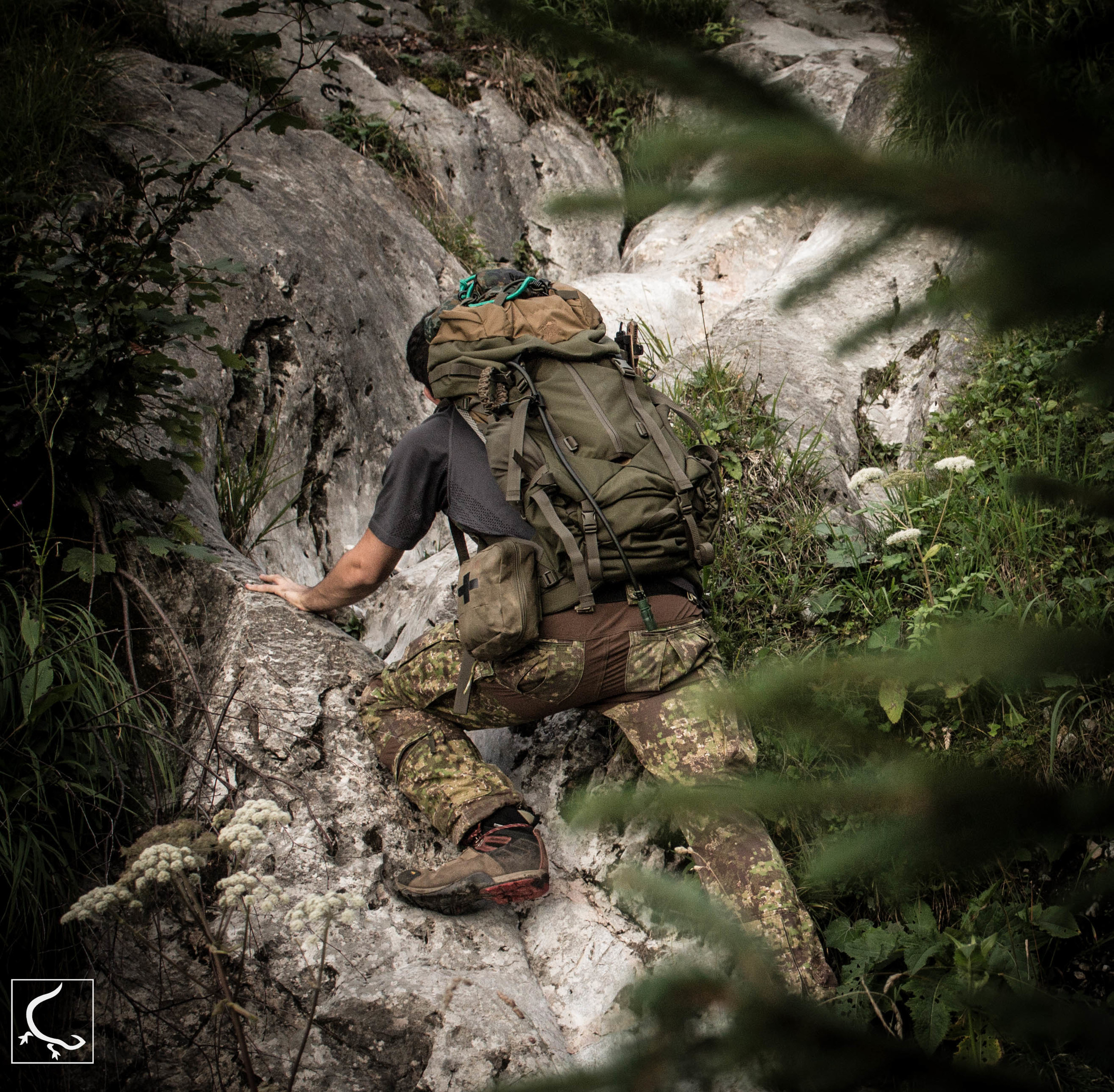
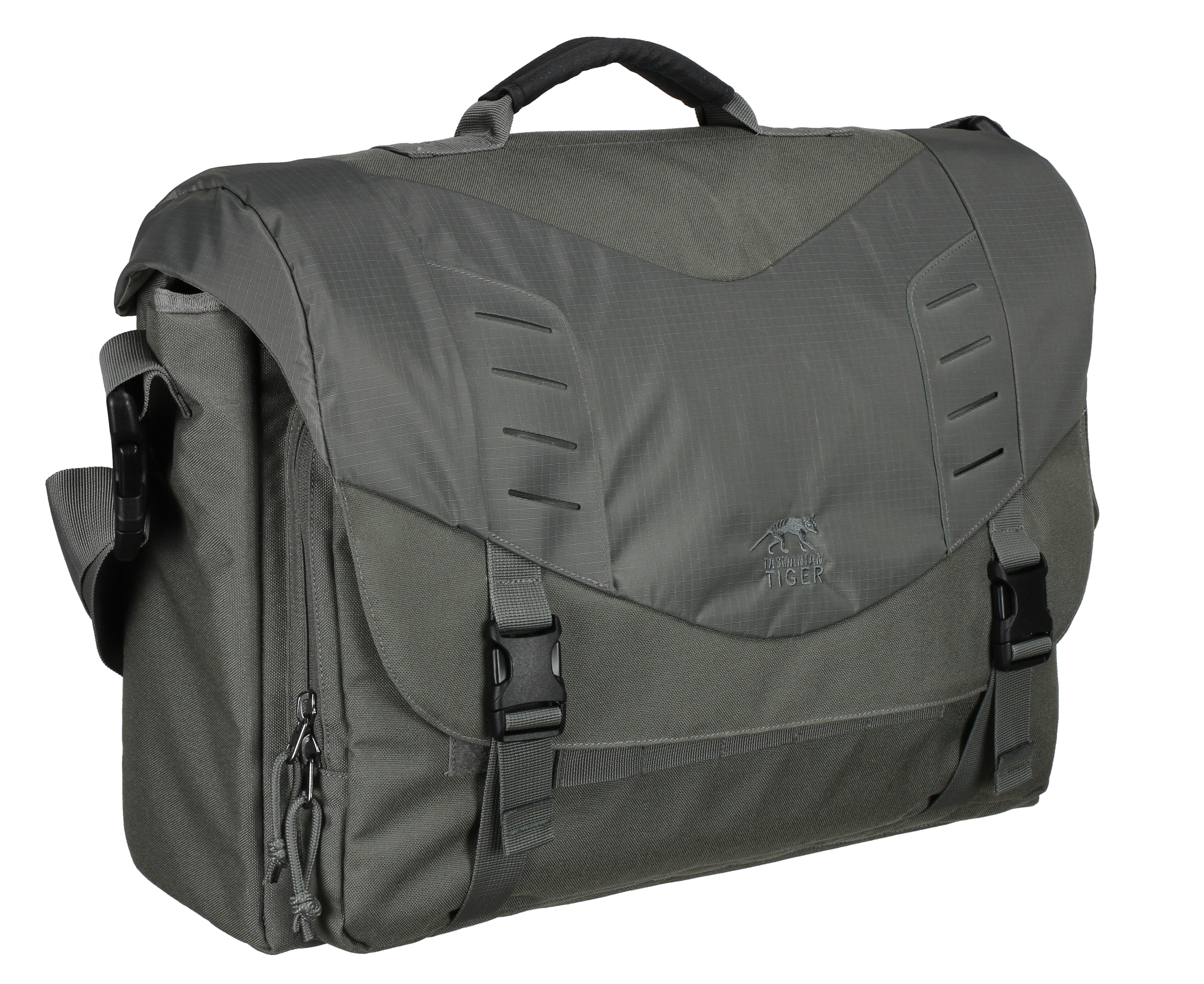
2. IFAK
Finally TT decided to work on an individual First Aid Kit. The design is quite awesome, compact and low profile. It is easy to use or store and offers flexibility towards most common medical kit configurations.
3. Laser Cut plate carrier
This plate carrier is extremely light and resembles the design of Cryes JPC. Just like the JPC you can expect this plate carrier to be rather light & robust. TT also added a pretty well made padding design and an extra pouches configuration for radios or so.
Founder of Project Gecko checks out the TT LC Plate carrier
4.TT's ''Medic Assault''
For the medics among us – TT's ''Medic Assault'' will go through a 'hair cut' and will be completely laser cut, low profile and flat.
5. Frag Grenades pouch
A new pouchfrom TT which is designated for the use of HE Grenades.
6.New duty belts
tactical belts became quite popular in the recent years. Its due to a new type of pouches & technology. As always the equipment industry evolves and flows like a river – Tasmanian Tiger recognize the need and created their own line of belts. The line conssits of 4 different type of belts. The difference ? Size, Material & buckle. Small overview regarding the 4 models -
- ''Stretch Belt'' - a tactical belt for spandex webbing. Comfortable and quick to detach \ attach. the buckle has a unique L shape. easy to put and fits like a glove.
- Tactical Belt MK II - A typical rigid belt with a cobra buckle with high quality polyester webbing. Durable strong and with the infamous cobra buckle of AustriAlpin.
- Equipment Belt Set - Same as the MKII - but more durable,and designed to hold additional weight (pistol,mags,etc)
- TT 50 Belt - extremely light weight (170g) and made of Polyprophylene & a plastic buckle this belt would be useful for the LEOs among us or those who like lightweight belts.
7. Load Carrier
Those Infantry among our readers will probably smile – Remember those heavy iron framed back systems you had in the basic training ? Those you carried all those 50cal or other weaponary parts ? Its back. TT took the same old design and simply added into the carrier their famous V2 back system – making it an absolute advantage.
8. Chest Rig modular
One of the products that Tasmanian Tiger are well known for is the Chest Rig MK II. This year TT will released their Modular chest rig – basically the same product, but without any pouches – naked and with freedom of your own configuration. This model is also slightly light weight compared to the MK II. It will be released in Pencott camo as well.
Important - the chest rig is completely modular. it comes with no pouches. pouches in the picture are pre configured.
9. Tasmanian Tiger Smoke pouch
A new multi purpose pouch. originally designed for a smoke grenade storage. For a very detailed review by Project Gecko please click HERE.
2016 Highlights in short
Laser Cut
As mentioned above some of the products are going to get laser cut. I assume you all know what laser cut means. Some benefits for laser cut molle 'systems':
Easier fabrication, which may ultimately contribute to a price reduction or the adoption of more features and higher quality in other parts of the system, thanks to lower production costs.
A weight reduction in the range of 20-40% (depending on the application).
The ability to run/hide comm wires for snag free movement.
Compact & low profile
Color
According to Tasmanian Tiger they are going to pick up a few new colors for their products. In general we are speaking of Coyote, Khaki, Olive, Black, Multicam & Pencott.
Highlight #1 – Pencott camouflage. You probably know Pencott , the excellent By the British company ''Hyde Definition''. Currently TT will release products in two patterns from Pencott – GreenZone & Badlands.

Highlight #2 – Grey urban. Yes that right – Tasmanian tiger is going to release some of their TAC series (see above) in Greyish color. This will be done exclusively for the German TACWRK from Berlin, a well known Equipment store. I had a chance to see the Grey finish and I must say it looks awesome and really useful for LEO's or anyone who works in Urban environment. The Grey has a lot of advantages over the traditional black color....and obviously looks even better.

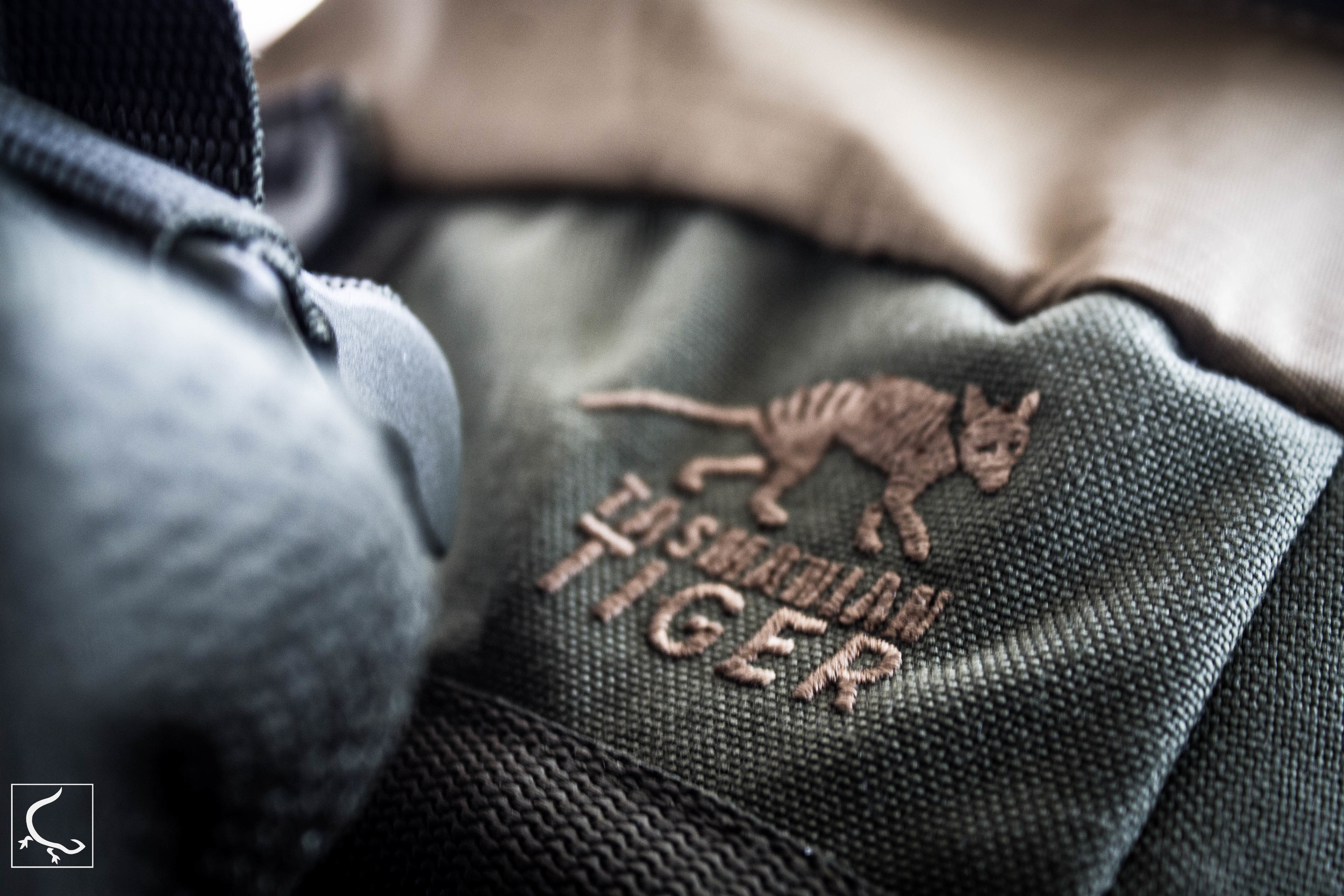
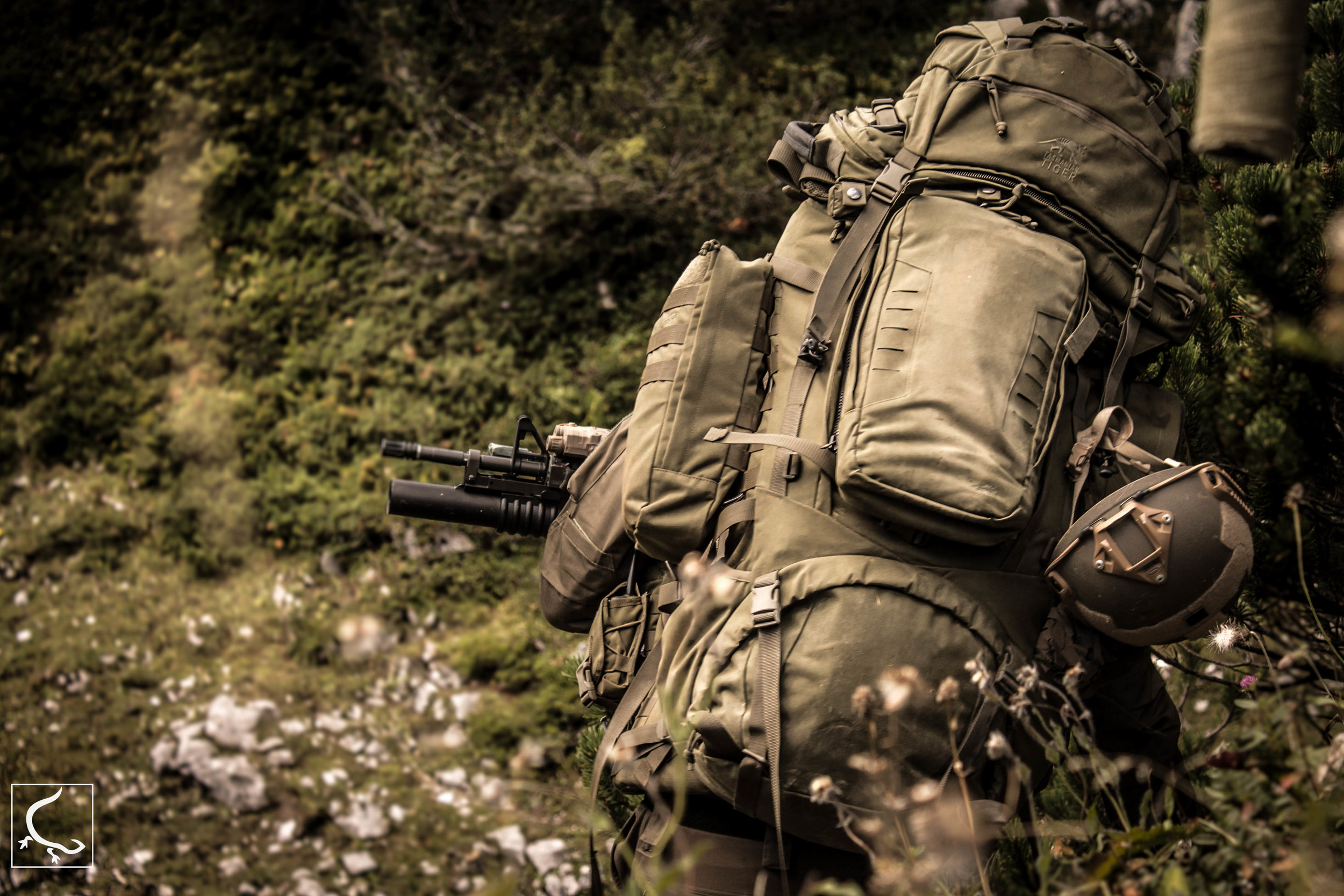
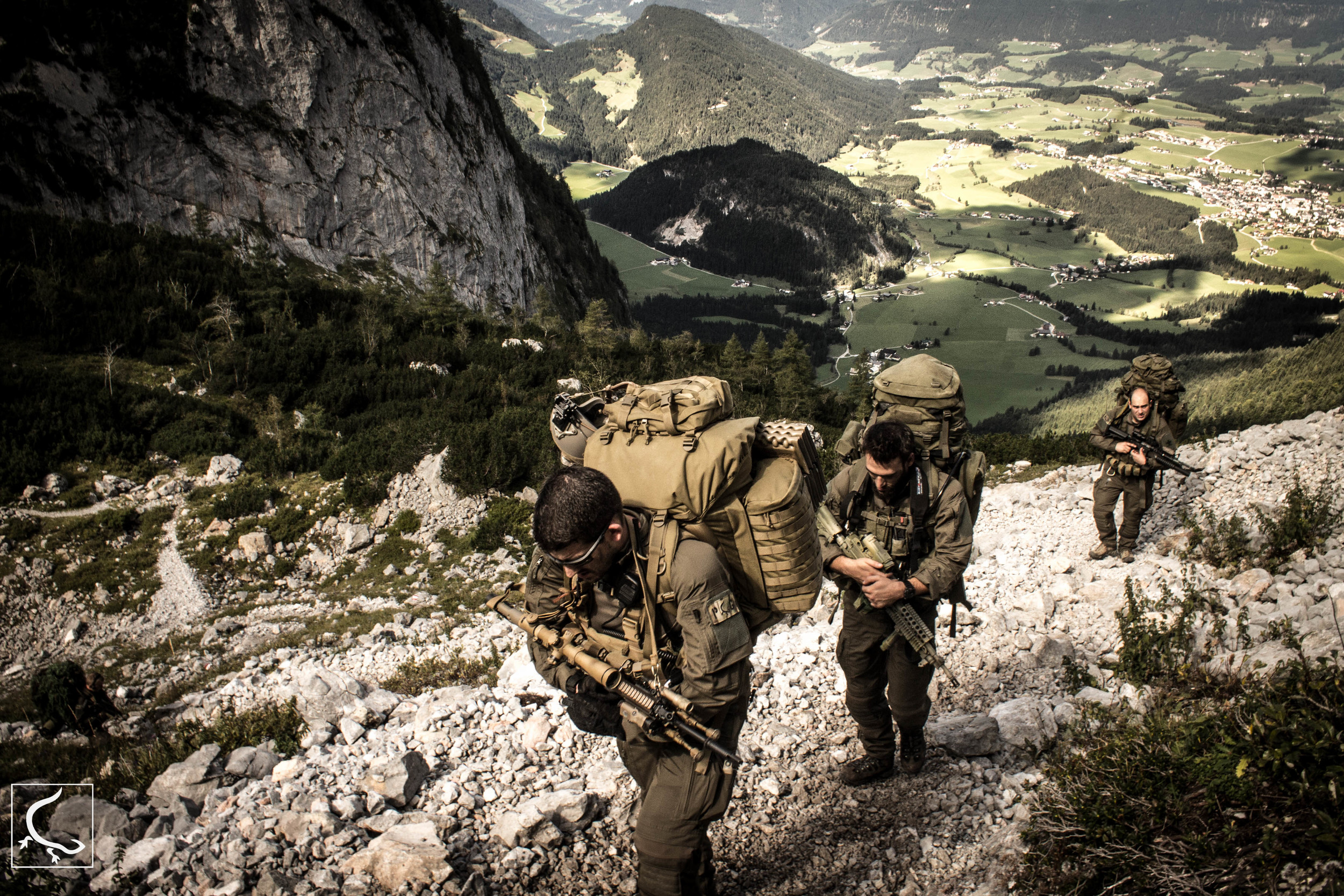
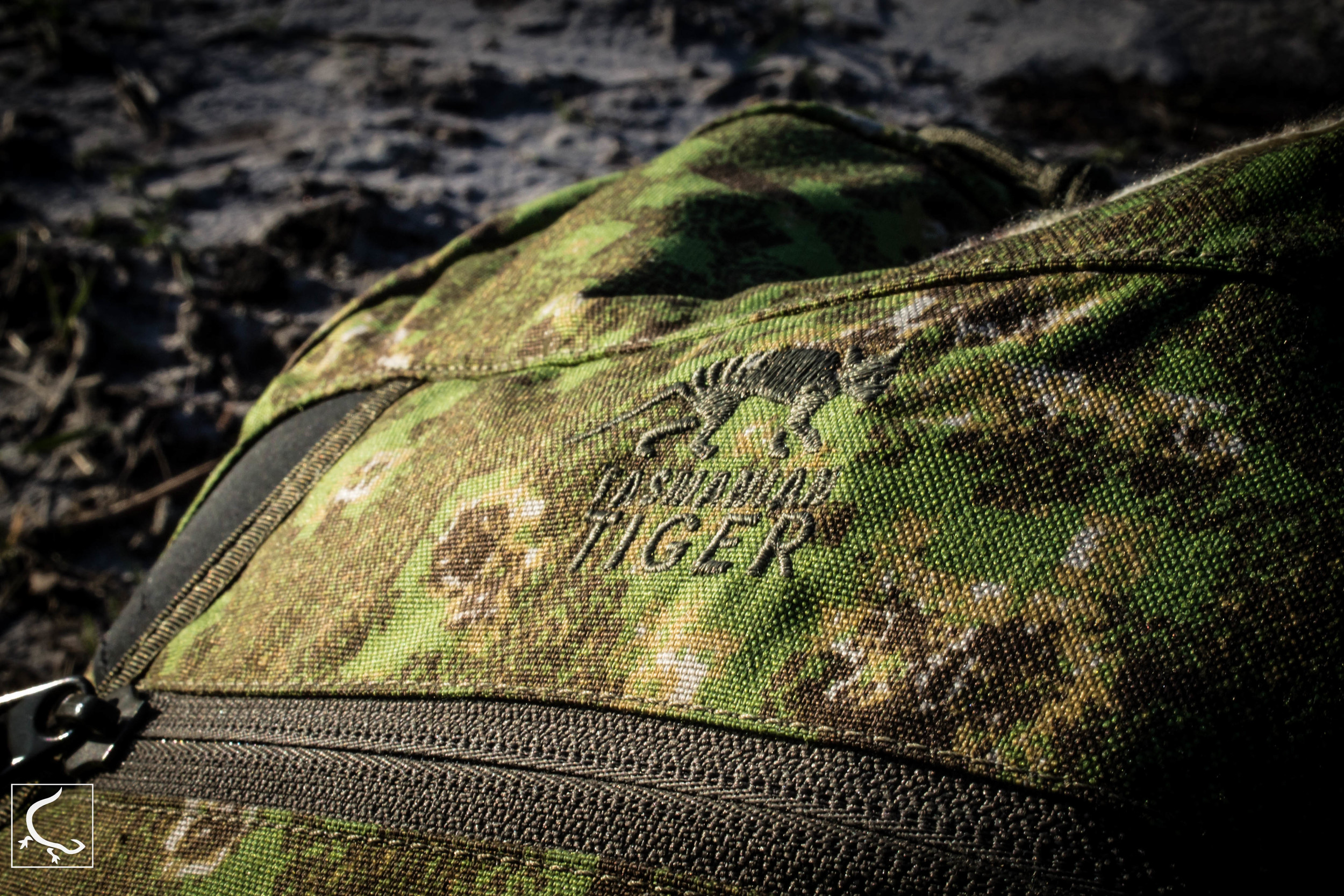

Summary
In the next week Project Gecko will release more detailed reviews regarding each of the products mentioned above, and more. We are currently still testing and evaluating some of the products. Yes it take time, but we do not compromise.
Thanks for reading,
Project Gecko.
REVIEWS ARCHIVE
-
2024
5
- Nov 10, 2024 URBAN WARFARE JOURNAL PART 04 - SMOKE GRENADES Nov 10, 2024
- Jul 2, 2024 [VIDEO] NEXTORCH TA30c IN REVIEW Jul 2, 2024
- Apr 28, 2024 COGNITIVE ADAPTATION Apr 28, 2024
- Apr 28, 2024 A GAME OF ANGLES Apr 28, 2024
- Apr 21, 2024 FOF TAPES VOL 01 Apr 21, 2024
-
2023
6
- Sep 10, 2023 From Narrow Alleys to Broad Perspectives: Urban Operations Sep 10, 2023
- Jul 23, 2023 SHIELDS IN CQB Jul 23, 2023
- Jul 1, 2023 Mental Resilience - a short insight. Jul 1, 2023
- Jun 18, 2023 EYE TRACKERS - VOL 2 Jun 18, 2023
- Jun 18, 2023 COVER EQUALS TIMES Jun 18, 2023
- Feb 12, 2023 Stimuli Response and the ''Train as you fight'' mentality Feb 12, 2023
-
2022
1
- Jan 10, 2022 MOMENT FROM A CLASS: Force on Force as the perfect conditioning tool? Jan 10, 2022
-
2021
9
- Jun 22, 2021 Slicing the pie: High ready or low ready? Jun 22, 2021
- May 28, 2021 Shoudler transitions are important? - some things to consider May 28, 2021
- Apr 26, 2021 Why sub / super fast handgun draw or presentation – are overrated Apr 26, 2021
- Apr 13, 2021 Decision making within Force on Force Apr 13, 2021
- Feb 15, 2021 Perception and response - A quick overview. Feb 15, 2021
- Jan 28, 2021 Instructors and Force on Force demos Jan 28, 2021
- Jan 18, 2021 Red Dots on Handguns are behavioral compliant? Jan 18, 2021
- Jan 4, 2021 The Breonna incident and behavioral marksmanship Jan 4, 2021
- Jan 4, 2021 Tactics and Strategies Jan 4, 2021
-
2019
3
- Sep 21, 2019 Identification issues in CQB Sep 21, 2019
- Jul 31, 2019 Op-Ed: Small Unit Tactics Arent the property of Special Forces Jul 31, 2019
- Jul 24, 2019 Op-Ed: The authoritarian experience vs. the Analytical training Jul 24, 2019
-
2018
6
- Sep 26, 2018 Introduciton into Limited Penetration - ITCQB Sep 26, 2018
- Sep 13, 2018 Introduction to CQB - Episode 02 : The doors working spaces Sep 13, 2018
- Aug 30, 2018 Tac Tip - After Fire Aug 30, 2018
- Jul 30, 2018 Skills : High Low to Low High Jul 30, 2018
- Mar 6, 2018 UF PRO's P40 Urban pants Mar 6, 2018
- Mar 1, 2018 Tool in a box – a tactical fallacy (part 01) Mar 1, 2018
-
2017
10
- Dec 7, 2017 The missing link in your tactical training – Identification. Dec 7, 2017
- Nov 2, 2017 Startle Reflex & Limited Penetration. Nov 2, 2017
- Aug 30, 2017 Tactical thinking - Are you a Teacher or instructor ? Aug 30, 2017
- Jul 20, 2017 Top 10 Unwritten rules of CQB - Part 04 Jul 20, 2017
- Apr 6, 2017 Top 10 Unwritten rules of CQB - Part 03 Apr 6, 2017
- Mar 23, 2017 Top 10 Unwritten rules of CQB - Part 02 Mar 23, 2017
- Mar 16, 2017 The top 10 unwritten rules of CQB - Part 01 Mar 16, 2017
- Mar 14, 2017 Force on Force & AS as the ultimate training tool. Mar 14, 2017
- Jan 31, 2017 The Combat Stance - Part 02 Jan 31, 2017
- Jan 24, 2017 The Combat stance Jan 24, 2017
-
2016
2
- Jul 24, 2016 New series of product videos for Tasmanian tiger by PG Jul 24, 2016
- Mar 30, 2016 Gun ban ? - The European Union is focusing on the wrong threat Mar 30, 2016
-
2015
7
- Dec 27, 2015 Revealed ! Tasmanin Tiger products for 2016 Dec 27, 2015
- Dec 15, 2015 Tasmanian Tiger Smoke Pouch Dec 15, 2015
- May 31, 2015 Freeman Outdoor Gear Fixed Blade 451 May 31, 2015
- Mar 1, 2015 UF PRO's SmallPac Monsoon rain suit - Part 1 Mar 1, 2015
- Feb 19, 2015 Tasmanian Tiger Mission bag - Part 2 Feb 19, 2015
- Jan 18, 2015 Tasmanian Tiger mission bag - Part 1 Jan 18, 2015
- Jan 4, 2015 The A.I.P insulation pad Jan 4, 2015
-
2014
9
- Oct 10, 2014 The Participant impression project (Part 1) Oct 10, 2014
- Jul 13, 2014 UF PRO Striker XT Pants evaluation Jul 13, 2014
- Jun 29, 2014 UF PRO Striker XT evaluation - The Combat shirt Jun 29, 2014
- May 22, 2014 C-202 F.PC May 22, 2014
- May 14, 2014 The A.P.A.C.I. May 14, 2014
- Mar 20, 2014 PenCott 'Greenzone' apparel and gear in 2014 – Review Part 3 Mar 20, 2014
- Mar 4, 2014 Pencott 'Greenzone' apparel and gear in 2014 – Review Part II Mar 4, 2014
- Mar 2, 2014 White Fatal Mar 2, 2014
- Feb 2, 2014 Pencott 'Greenzone' apparel and gear in 2014 Feb 2, 2014





